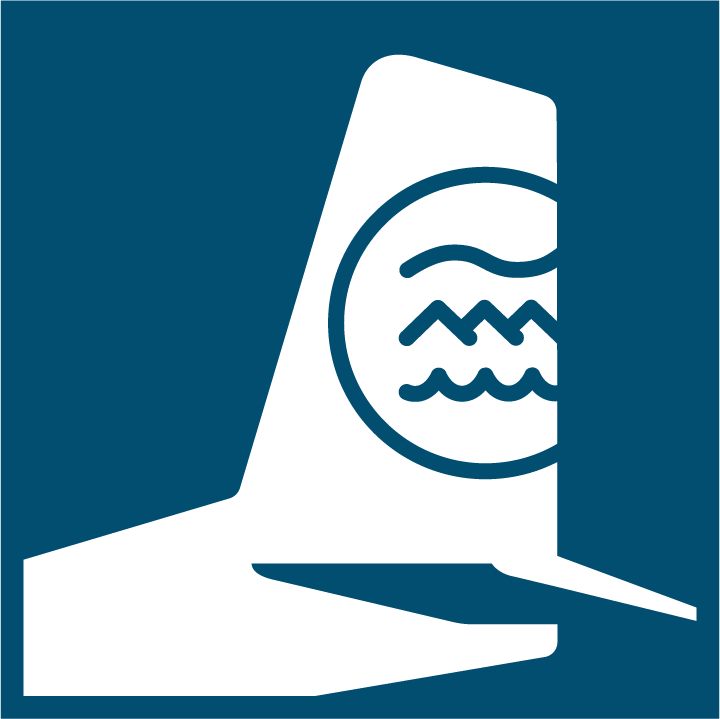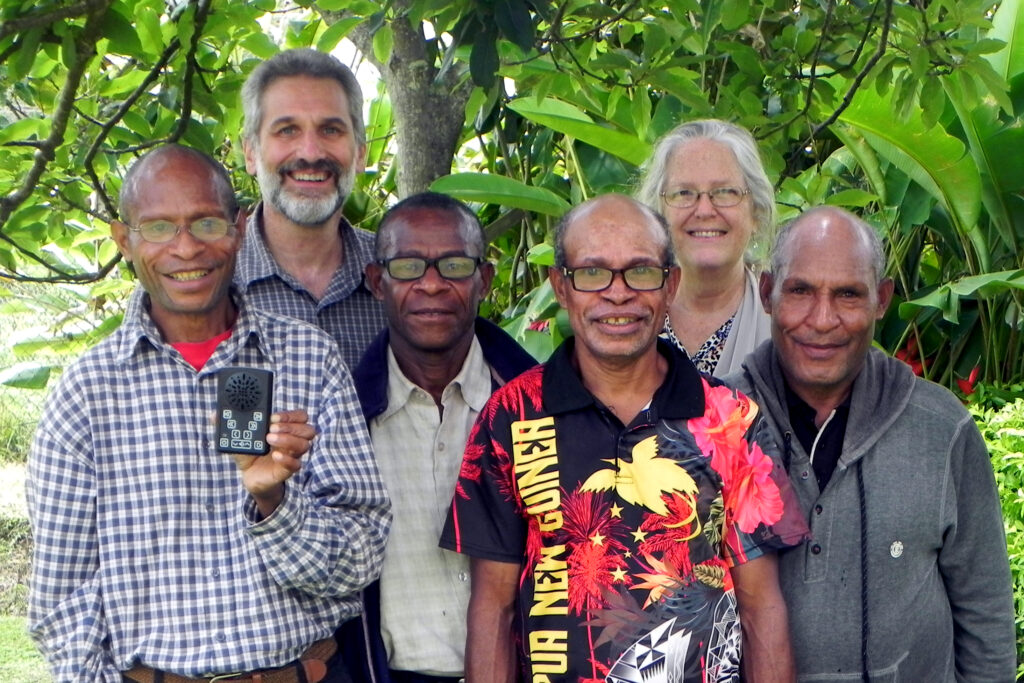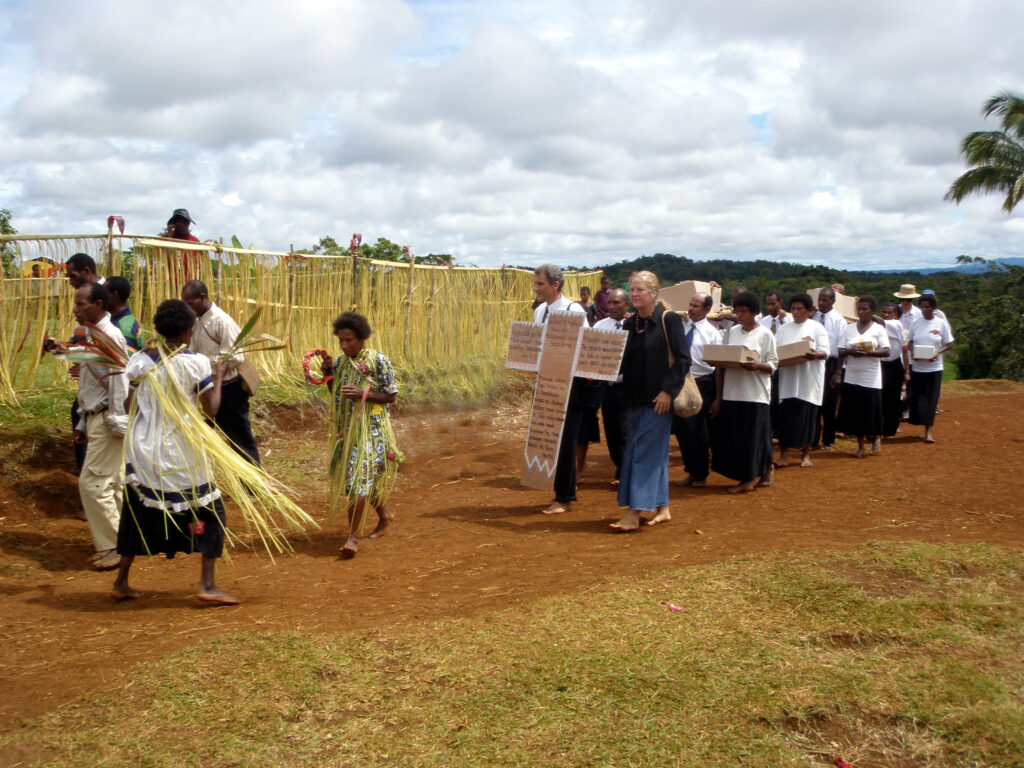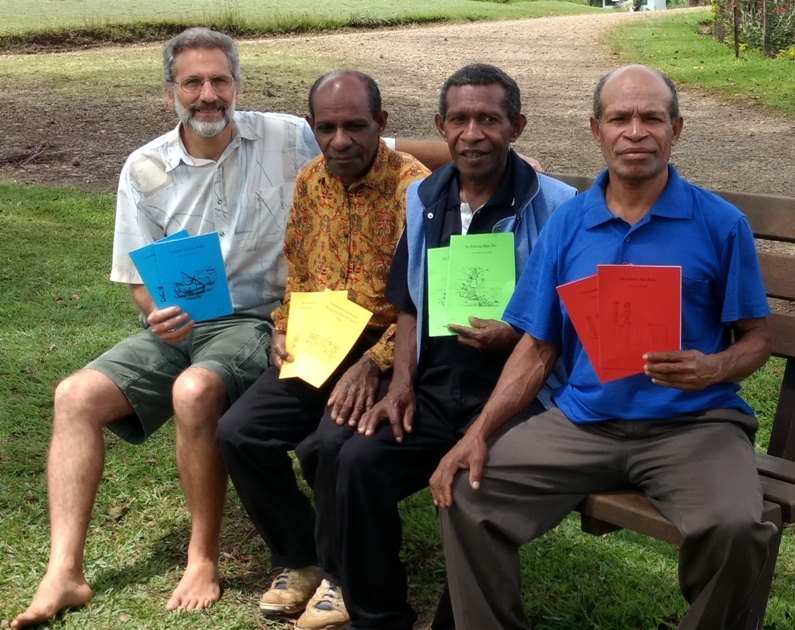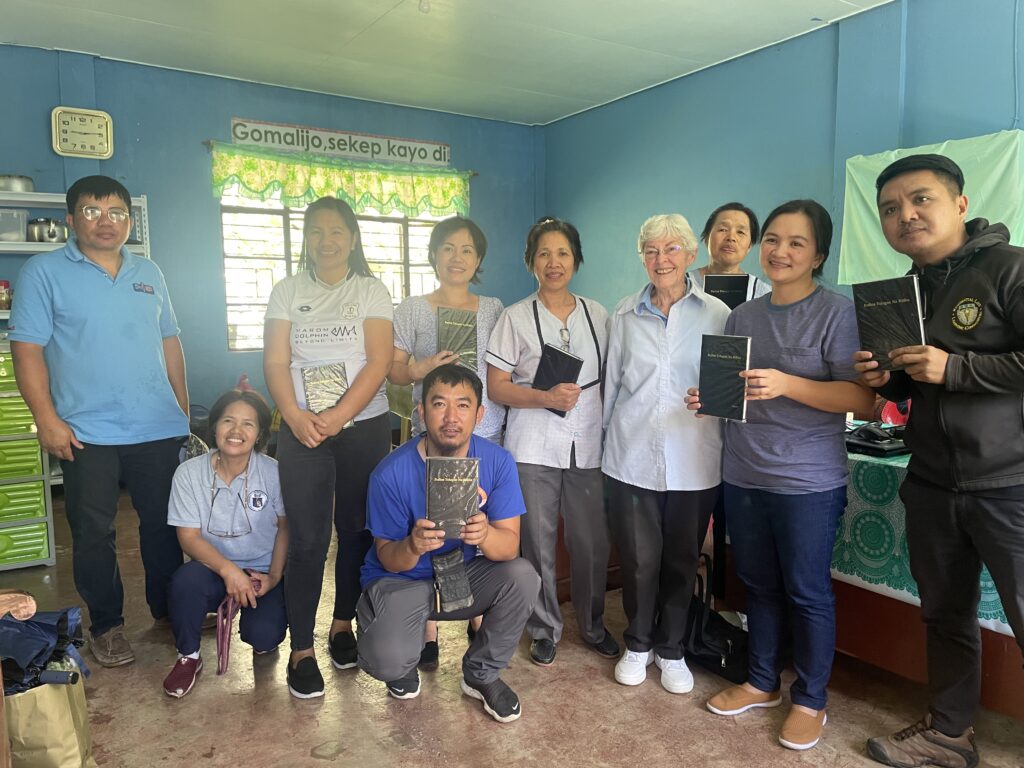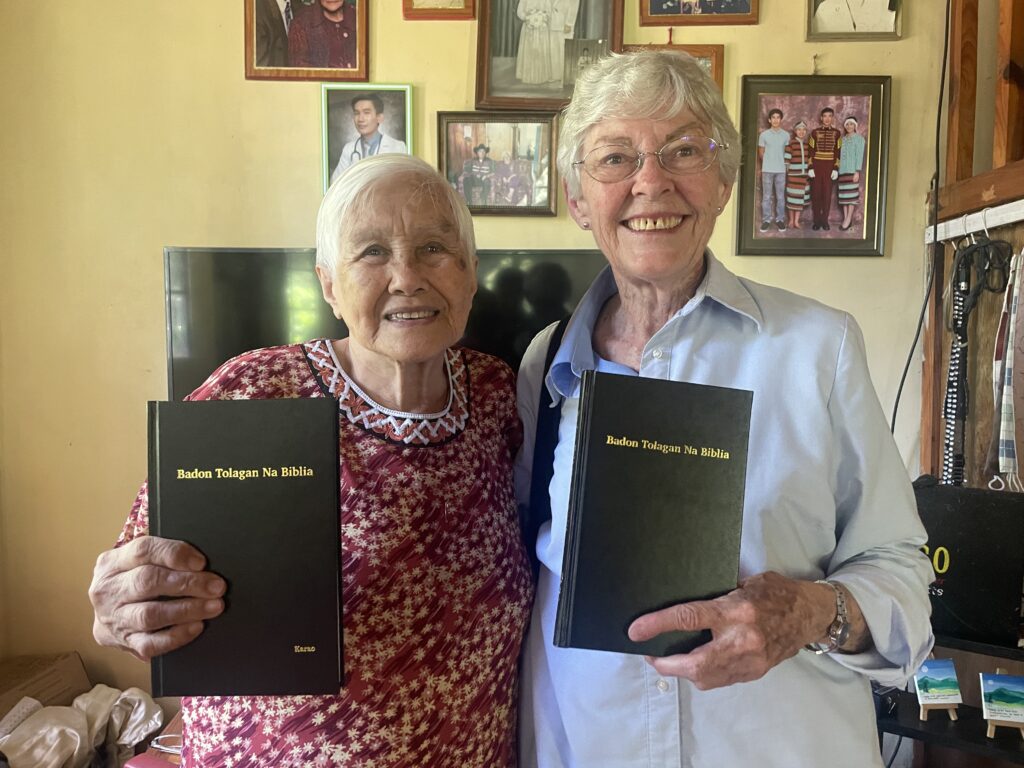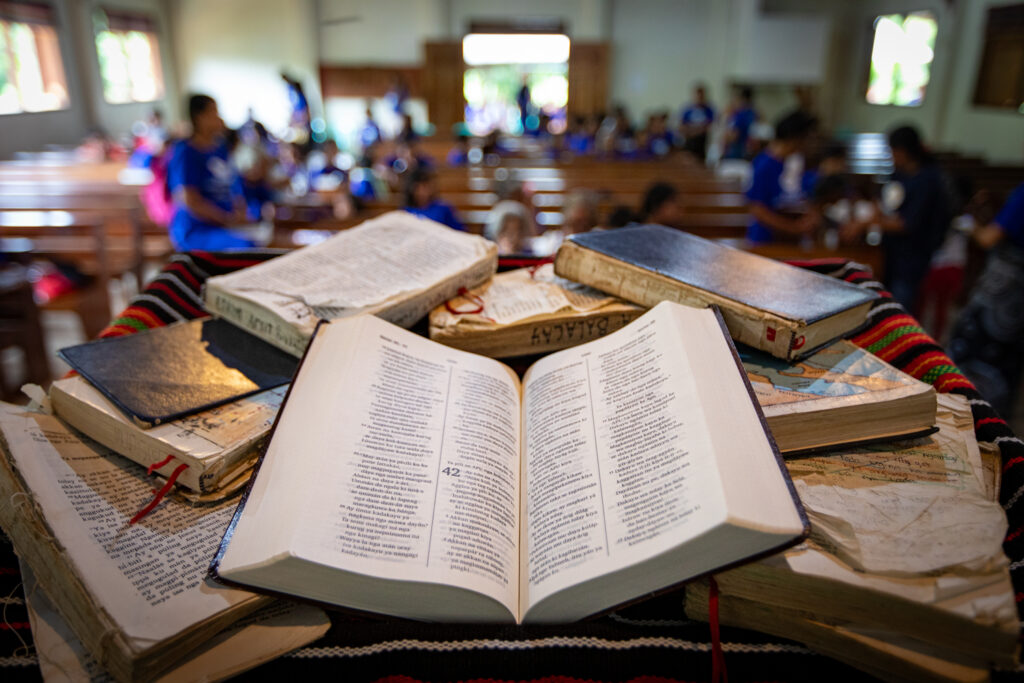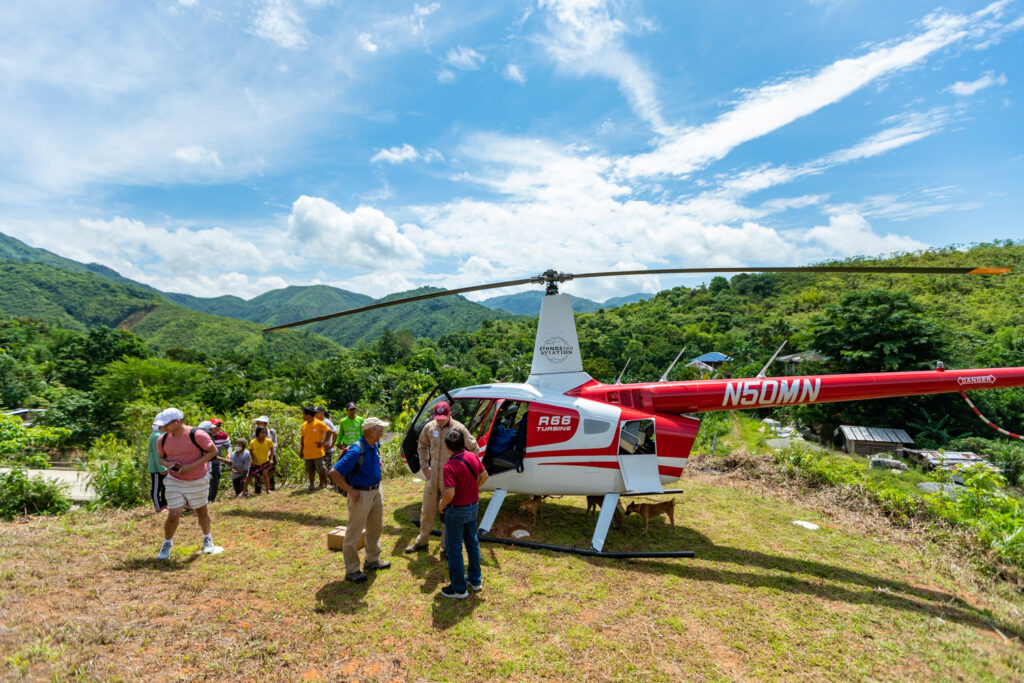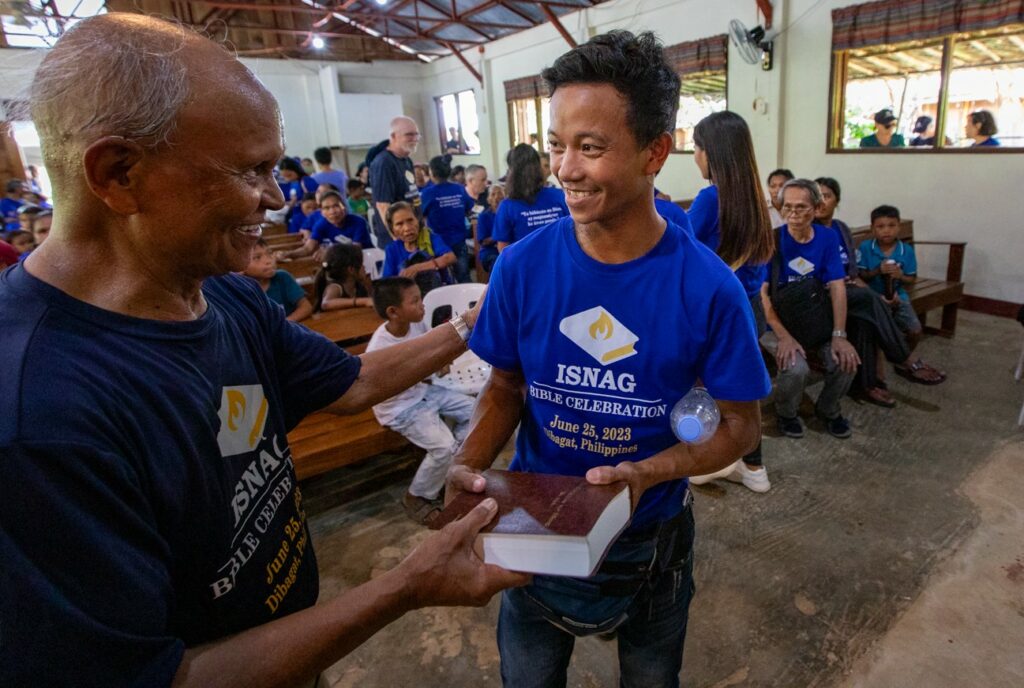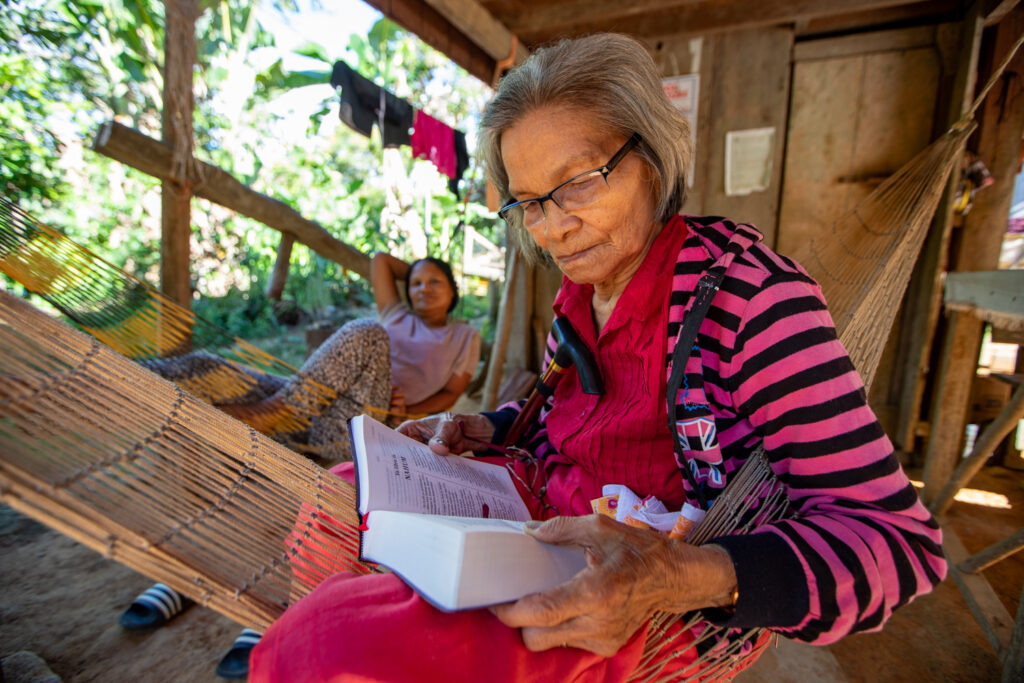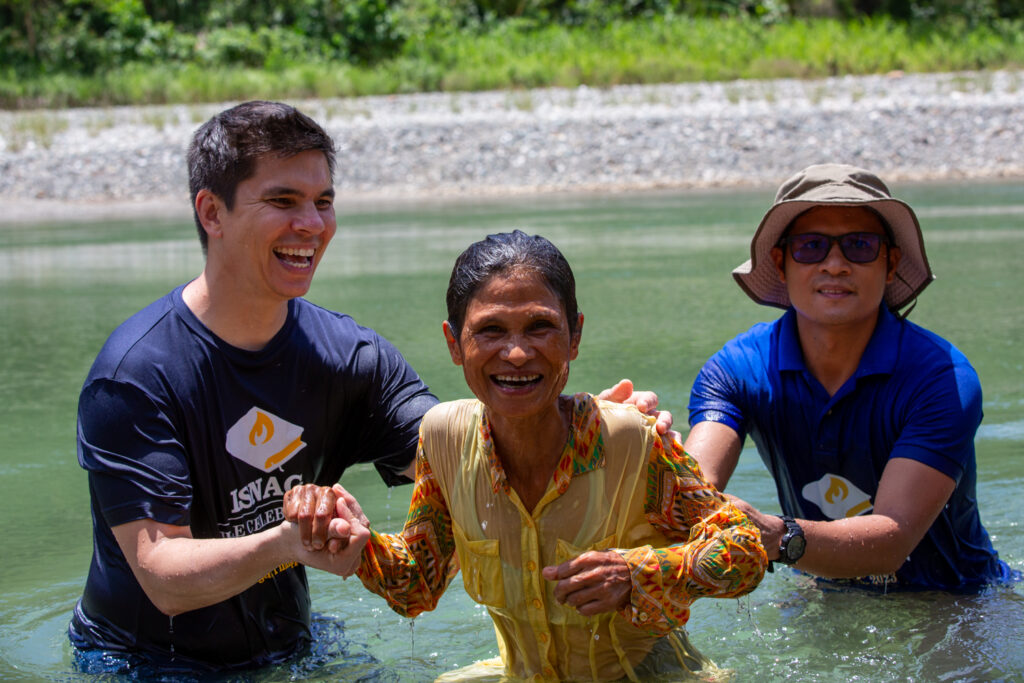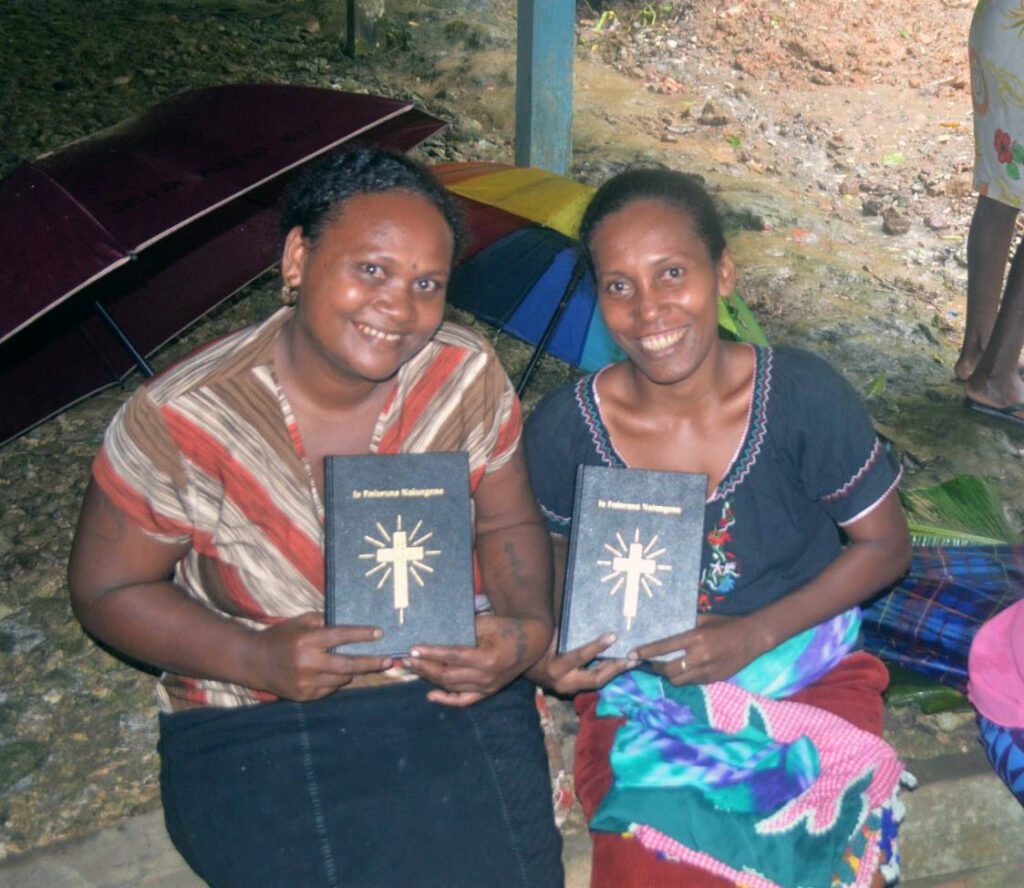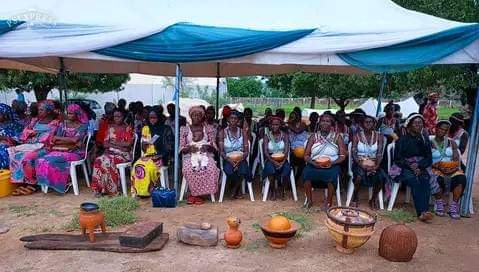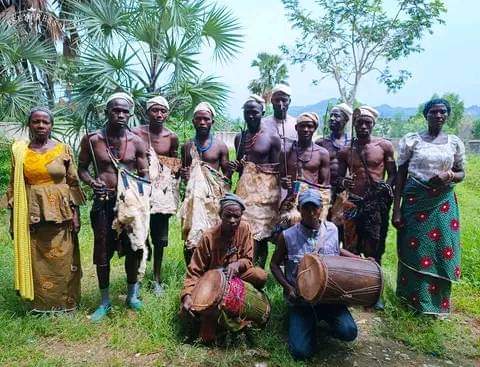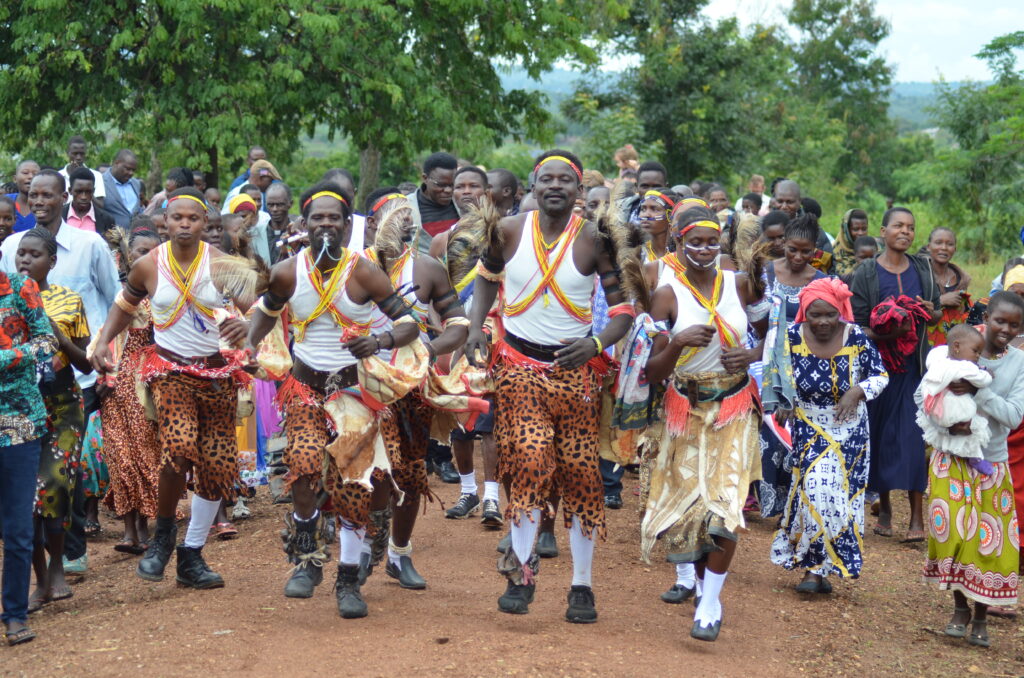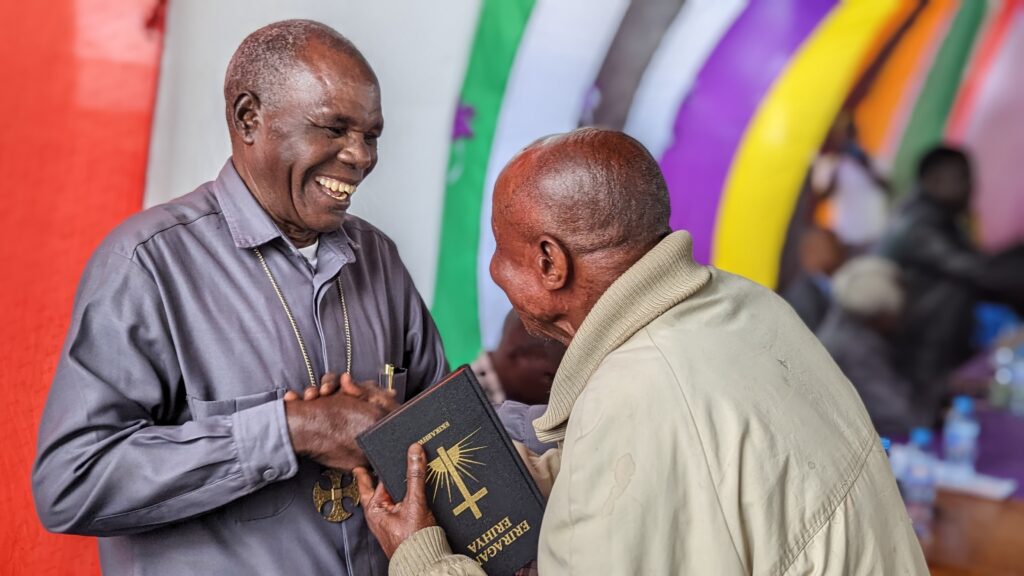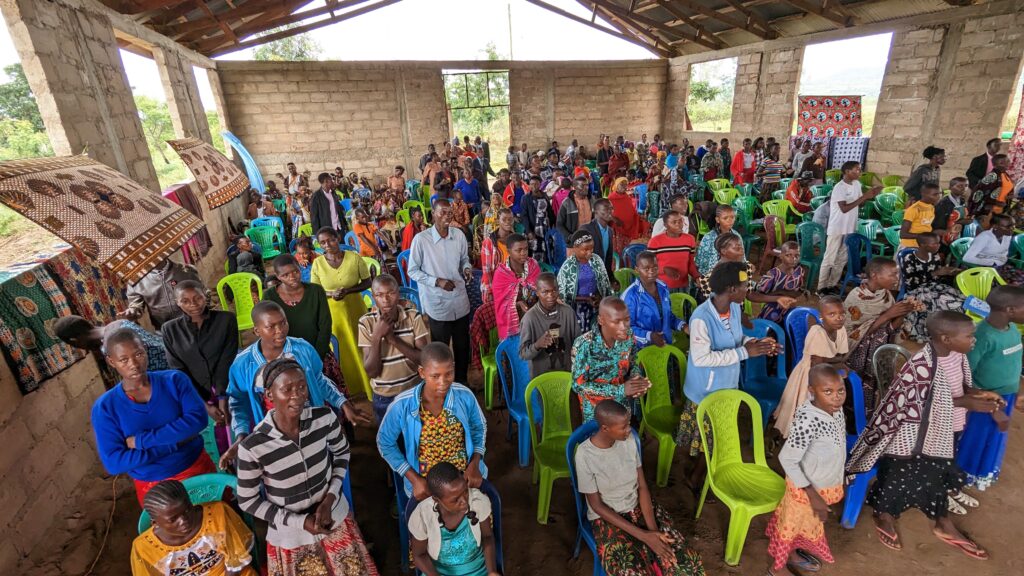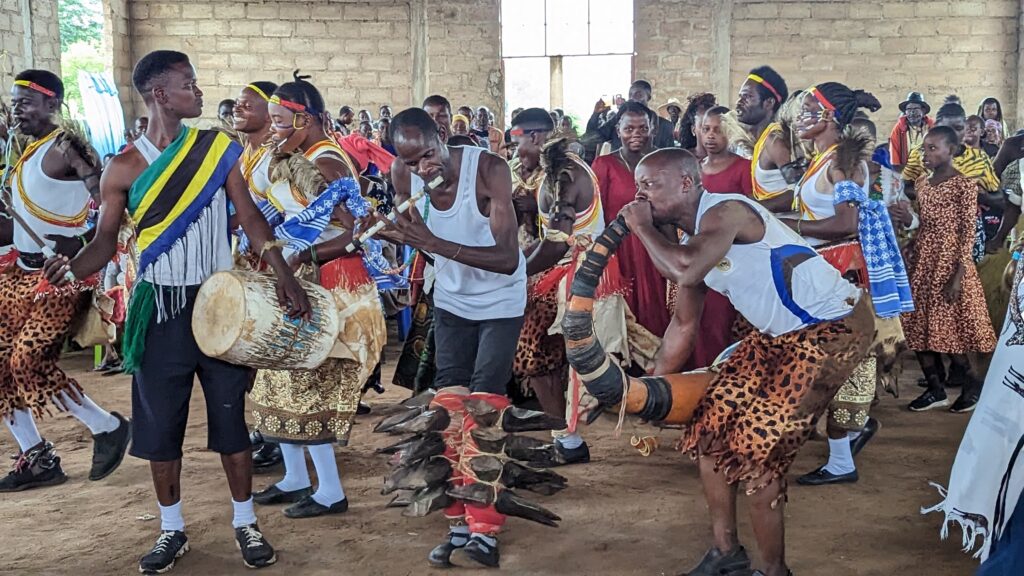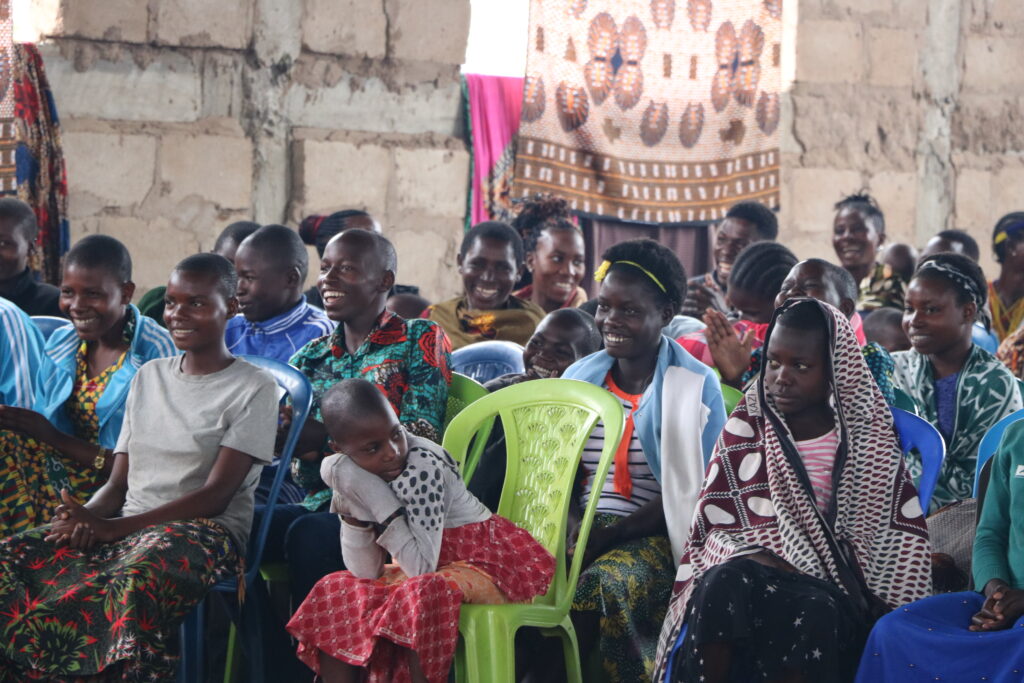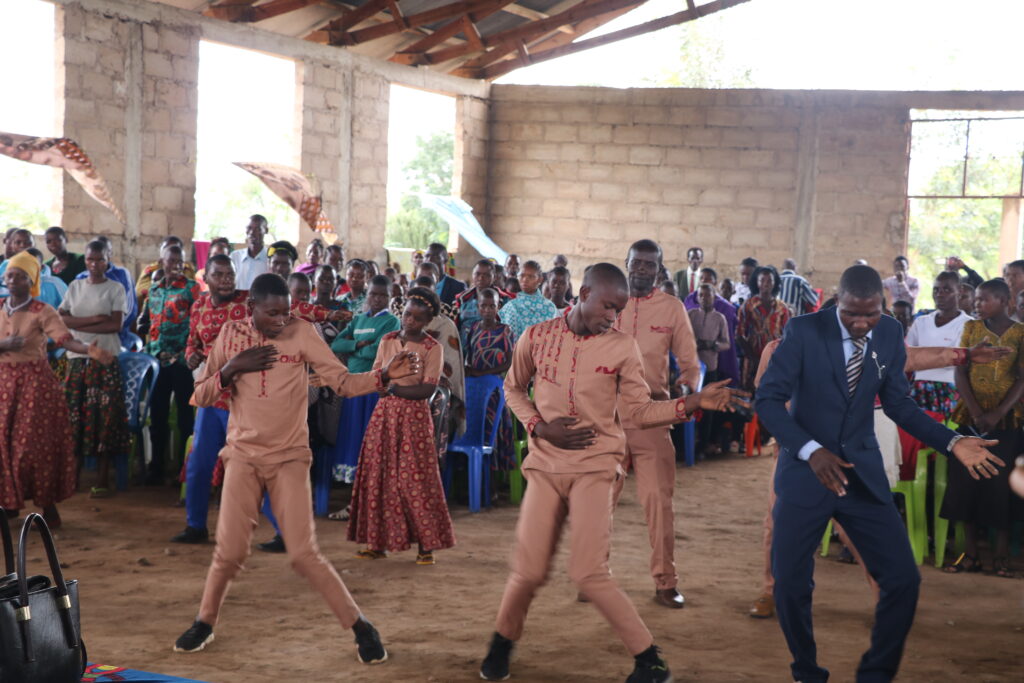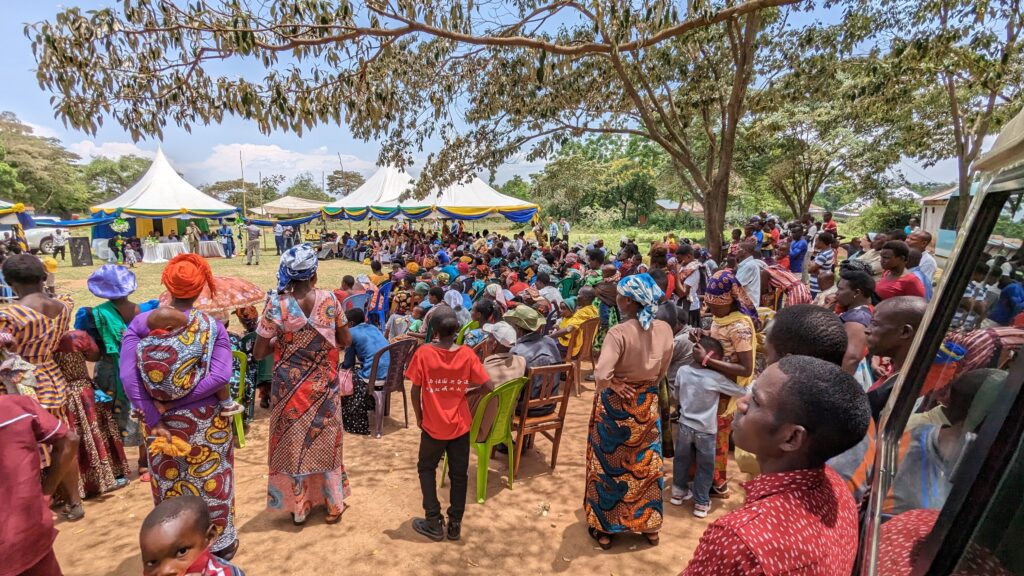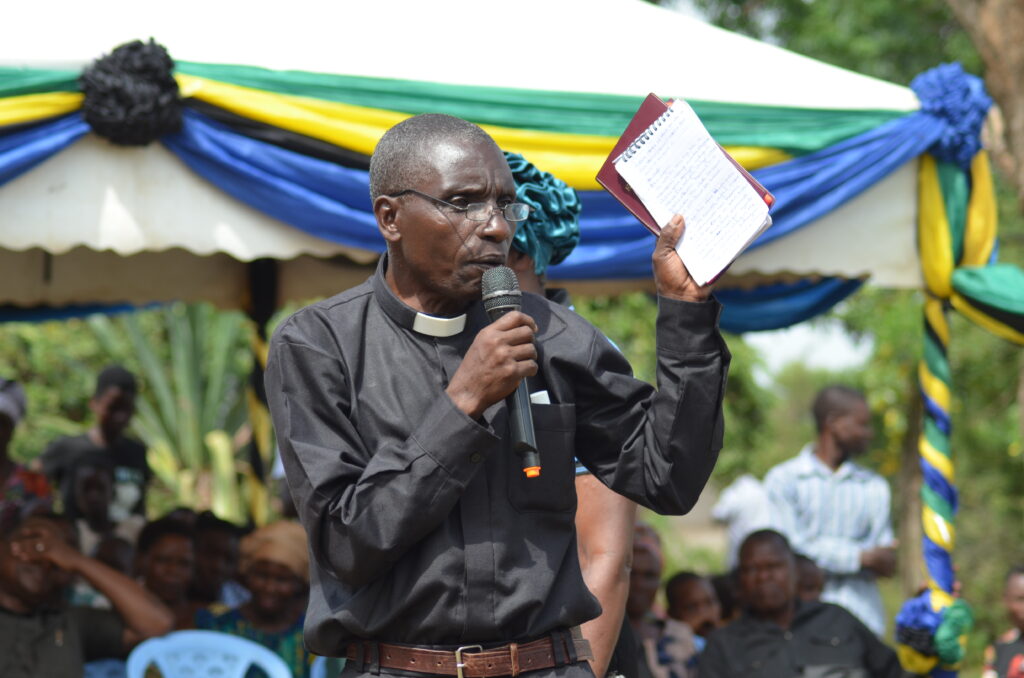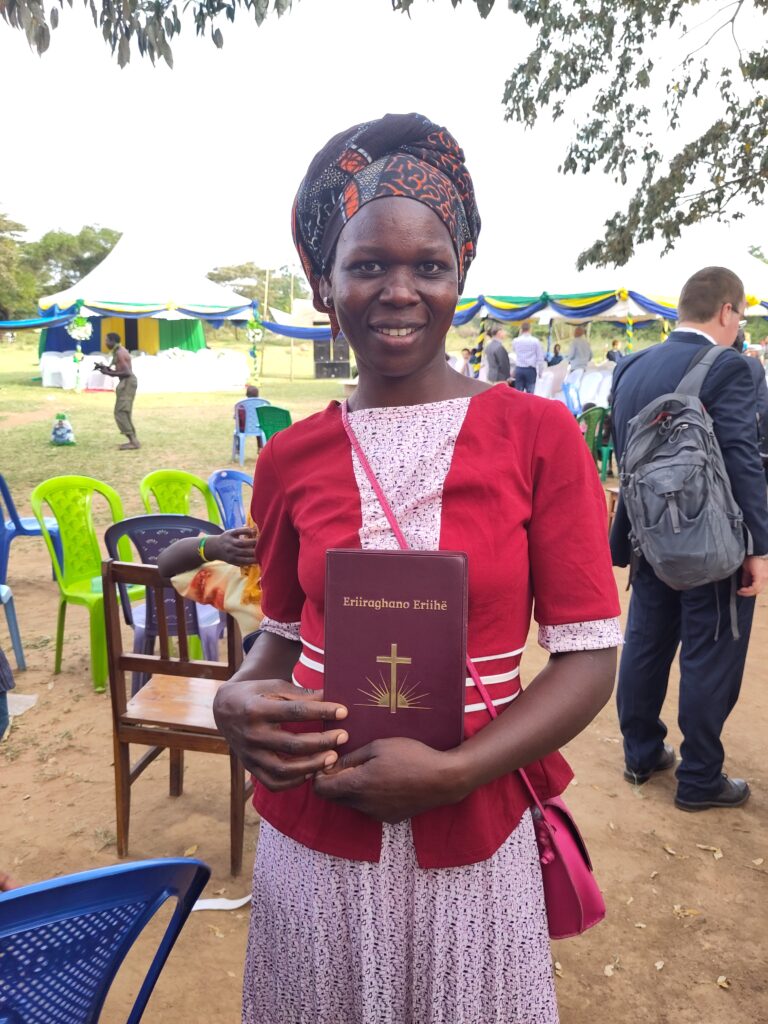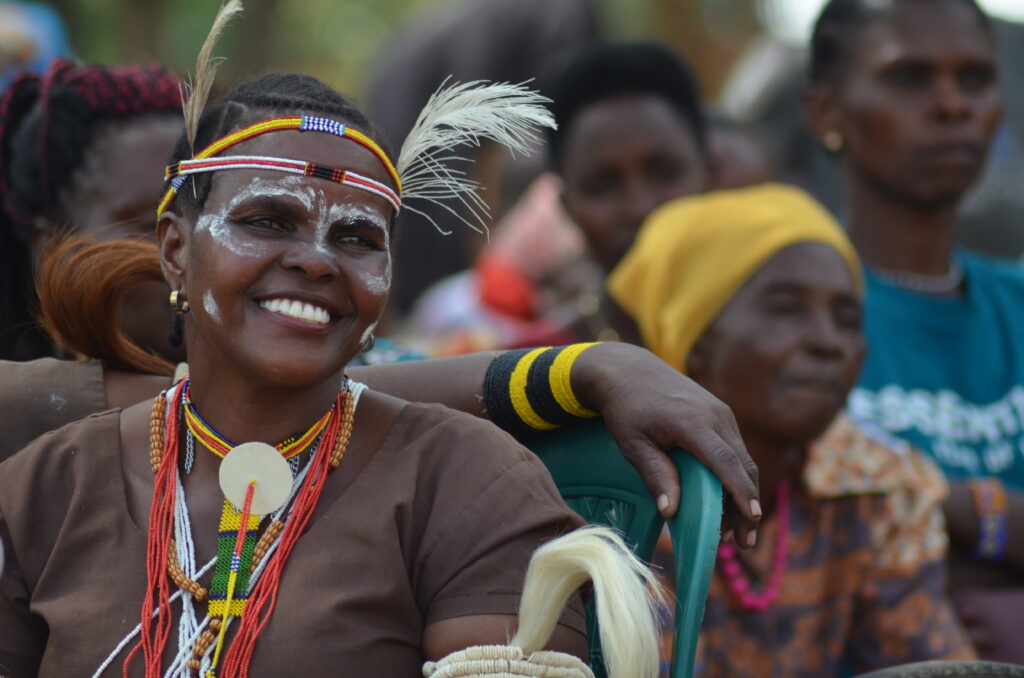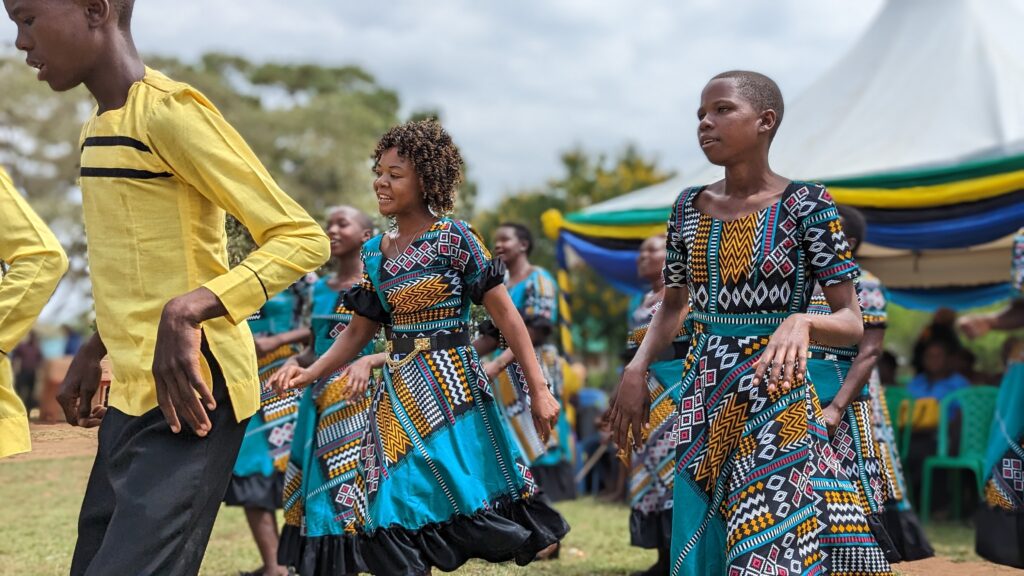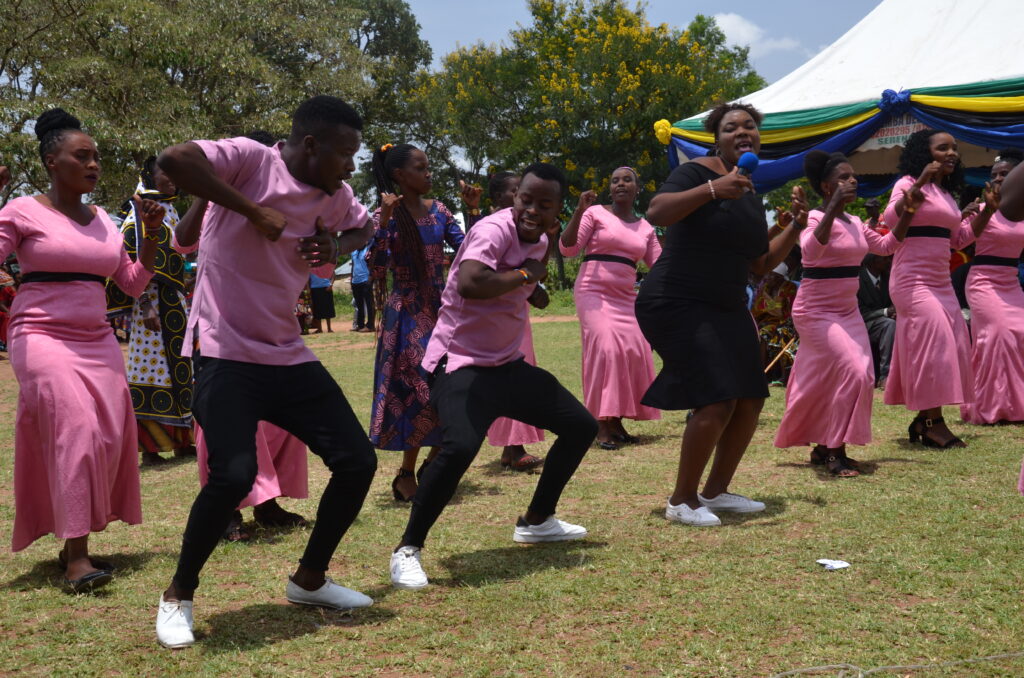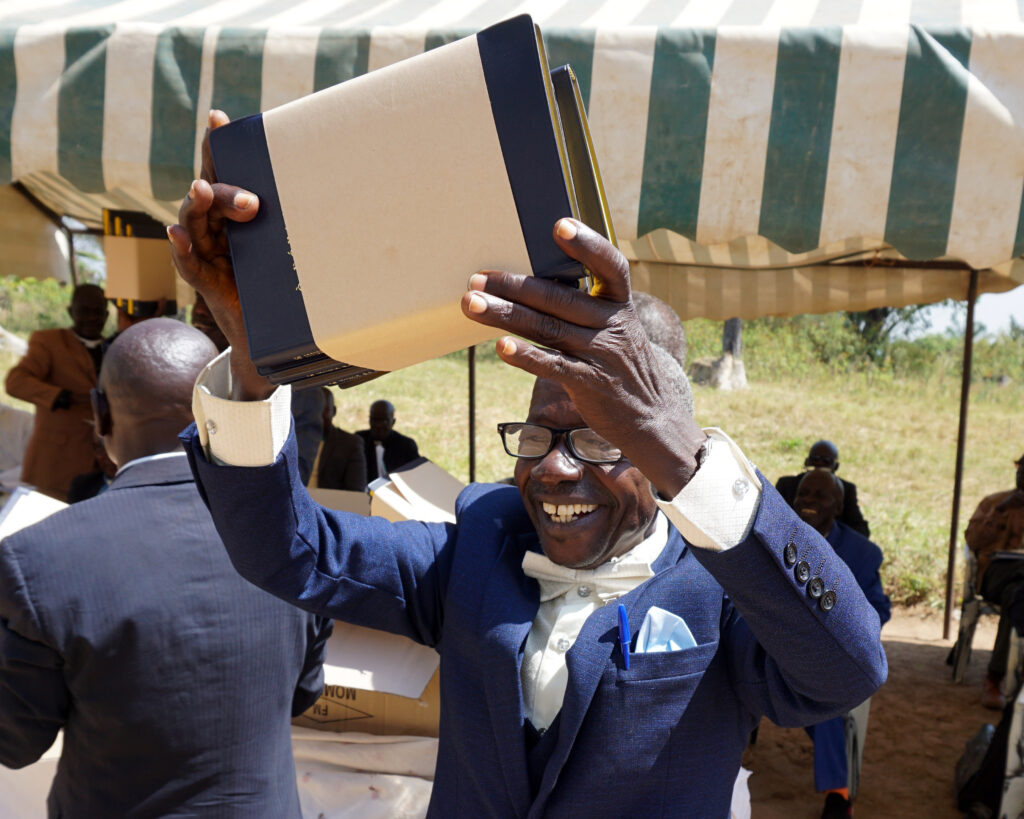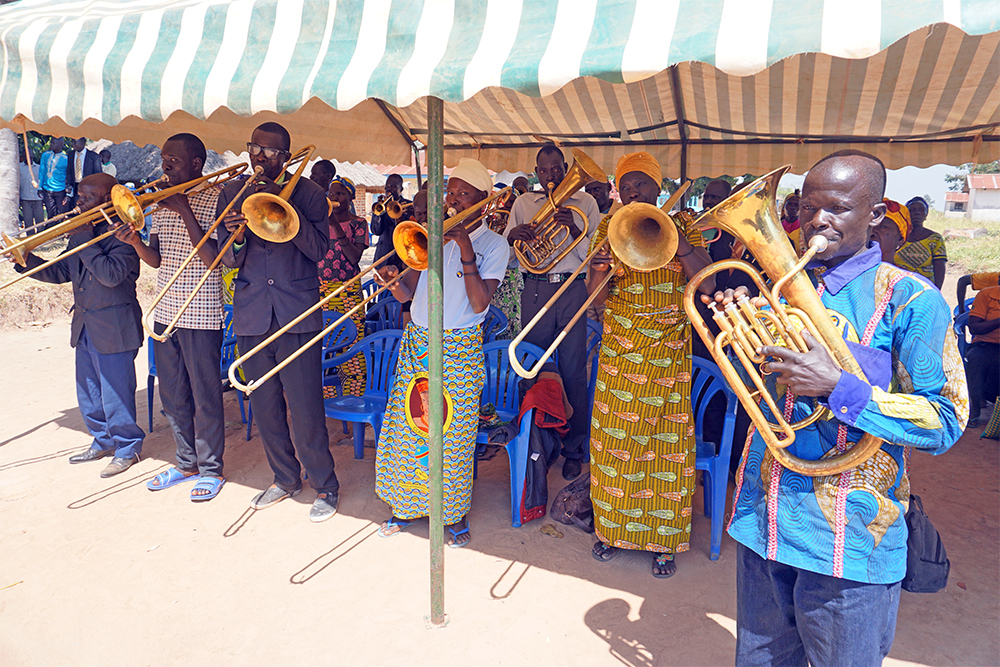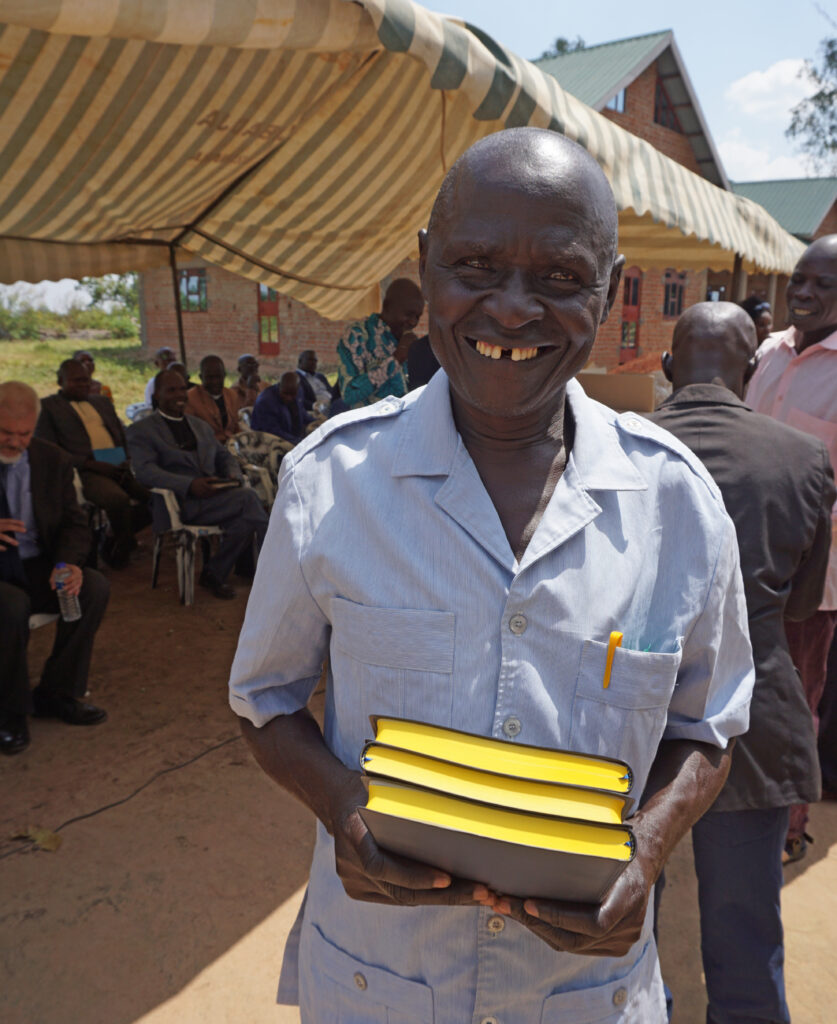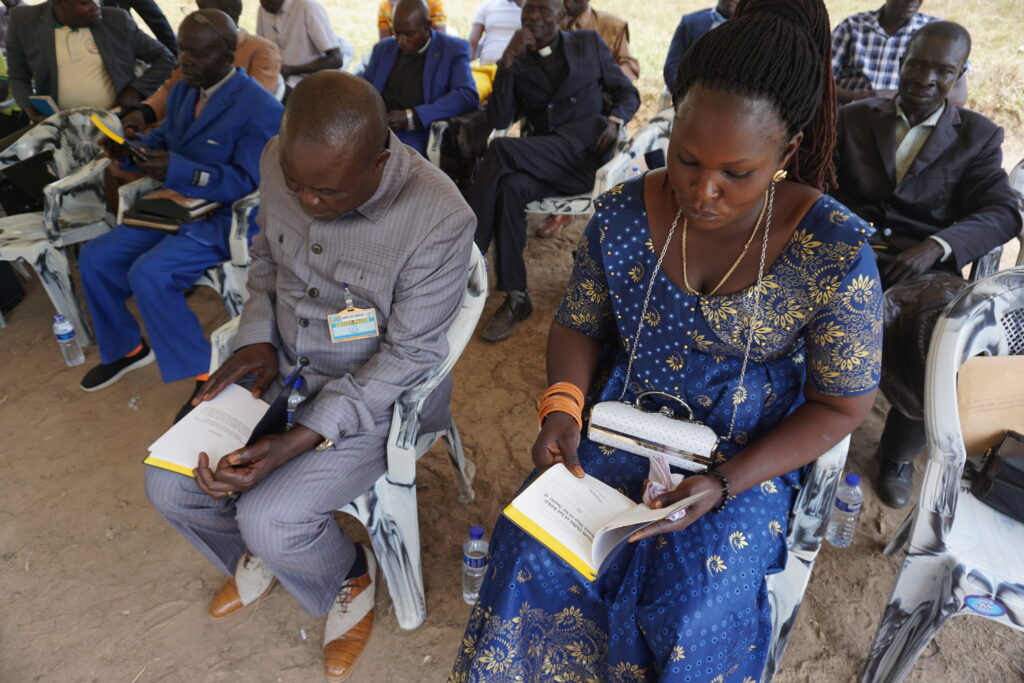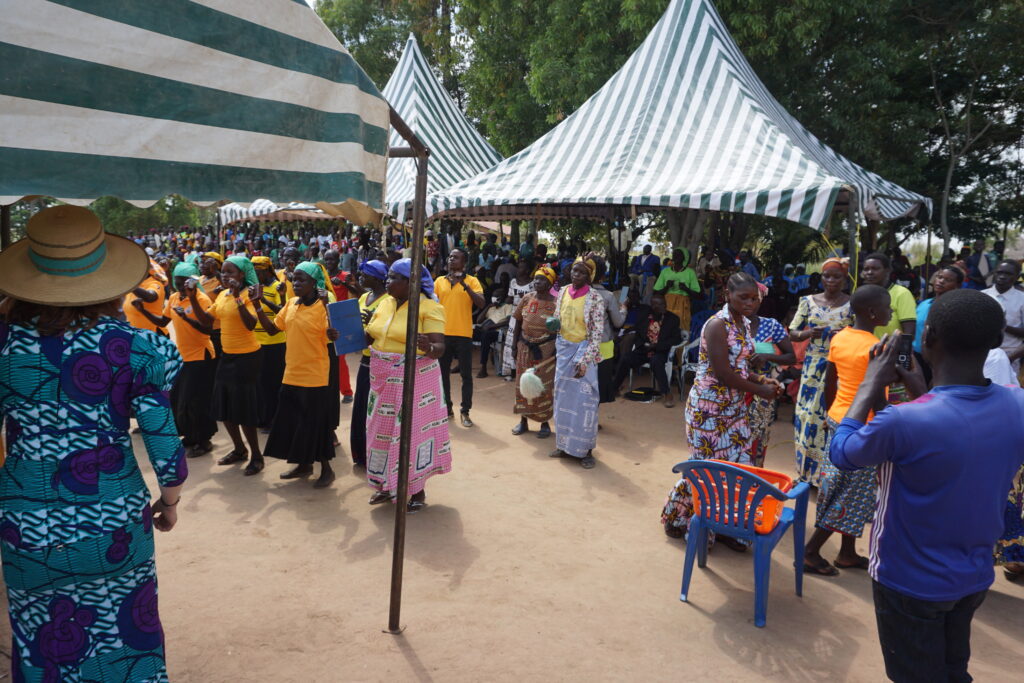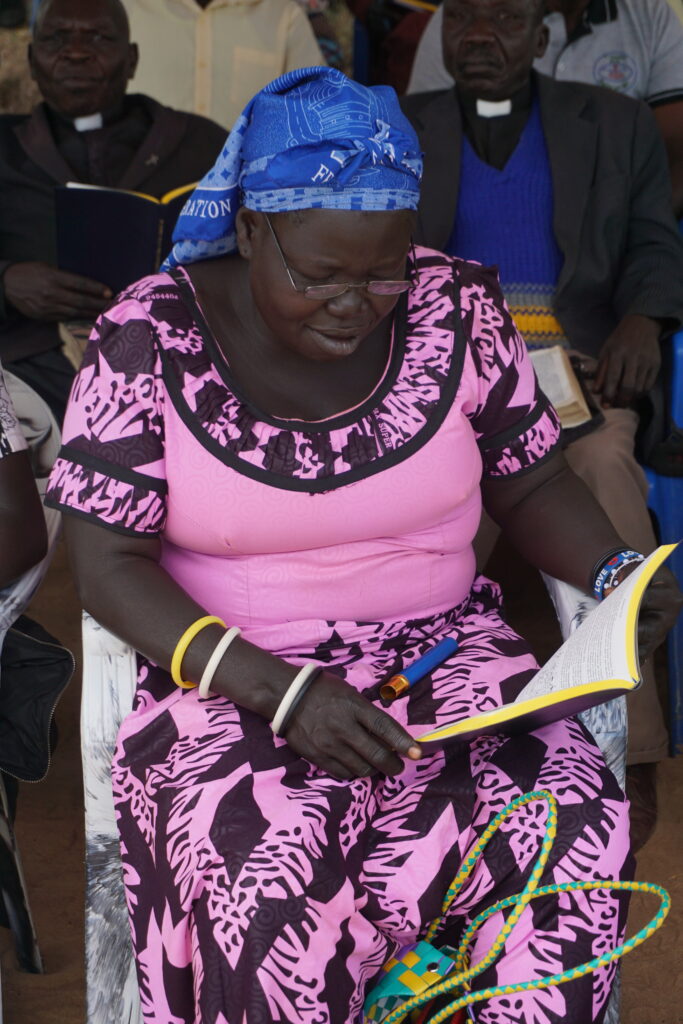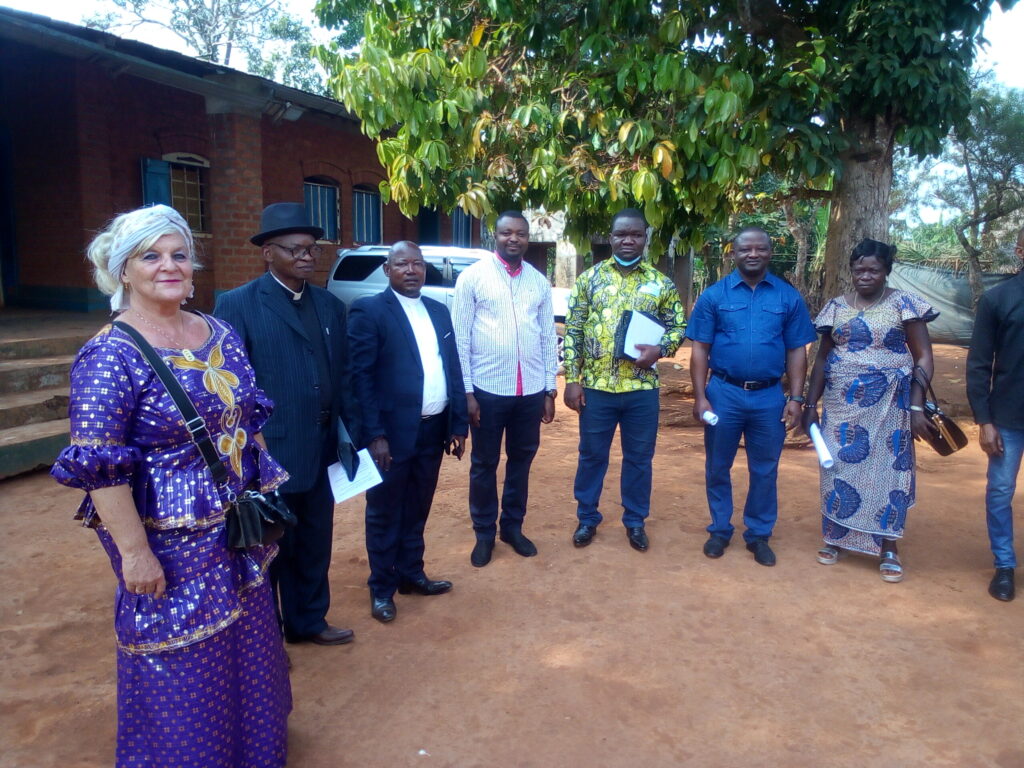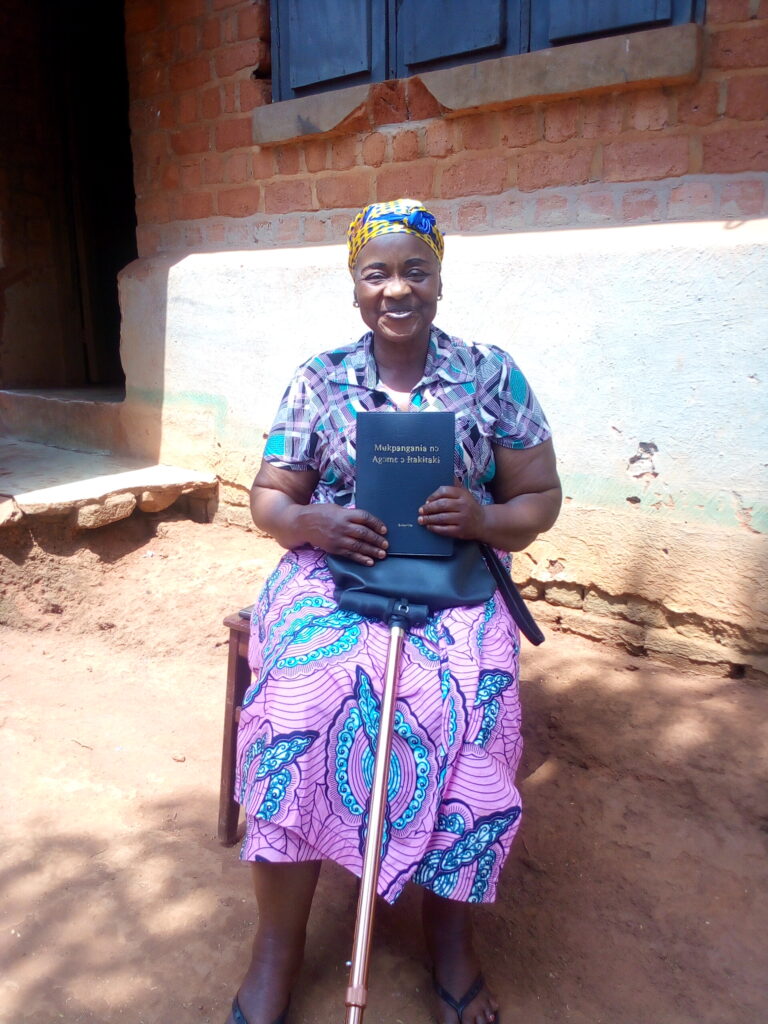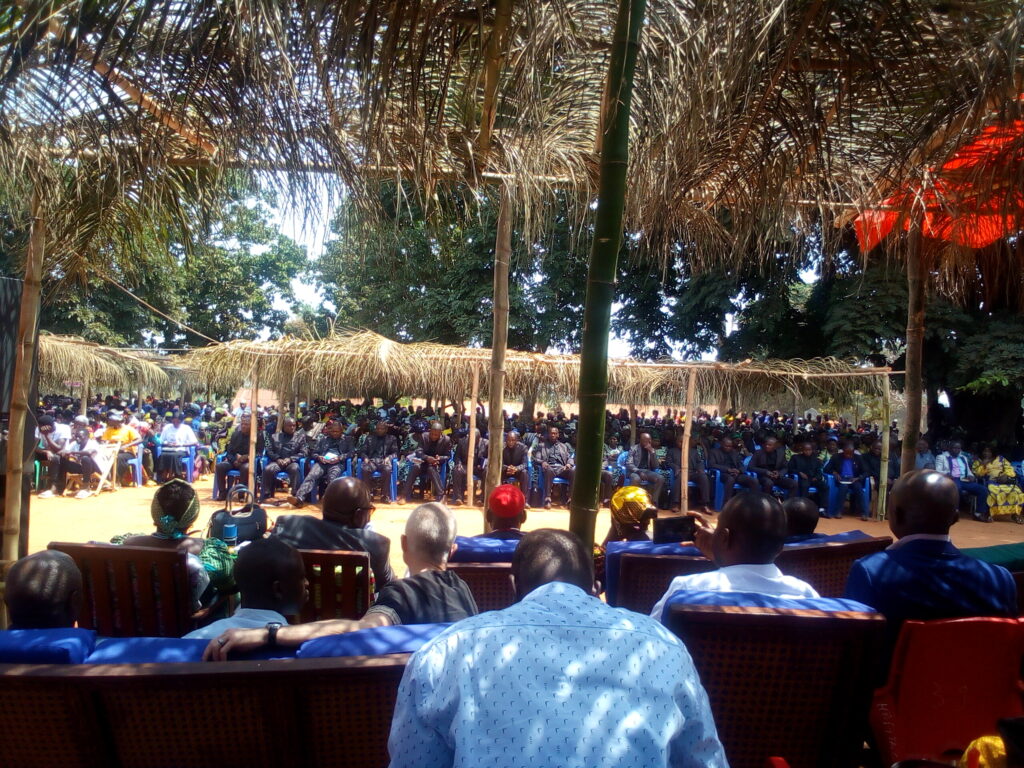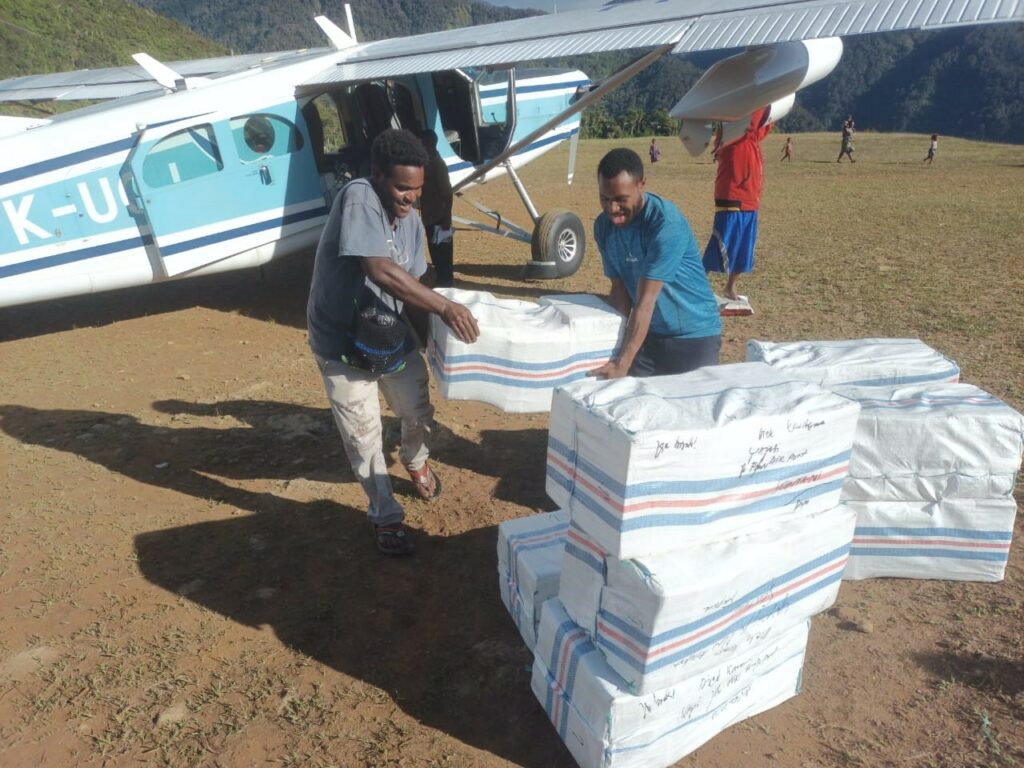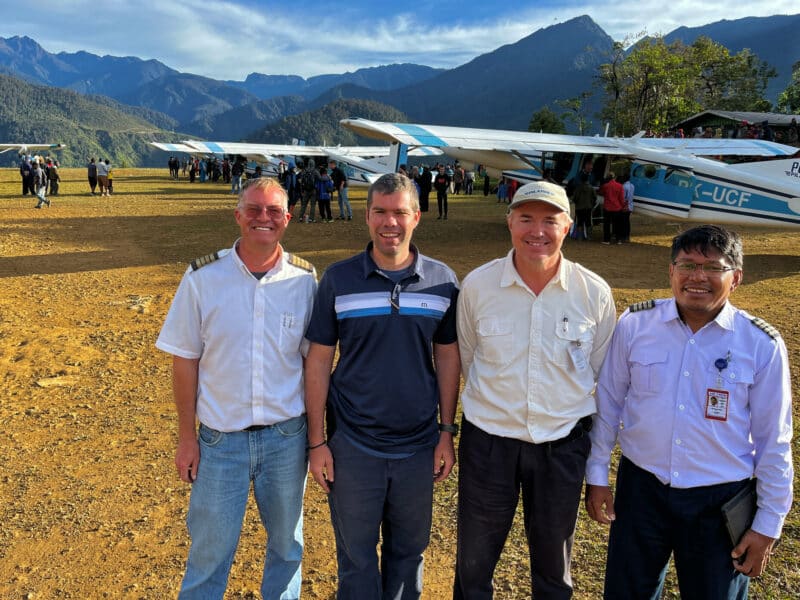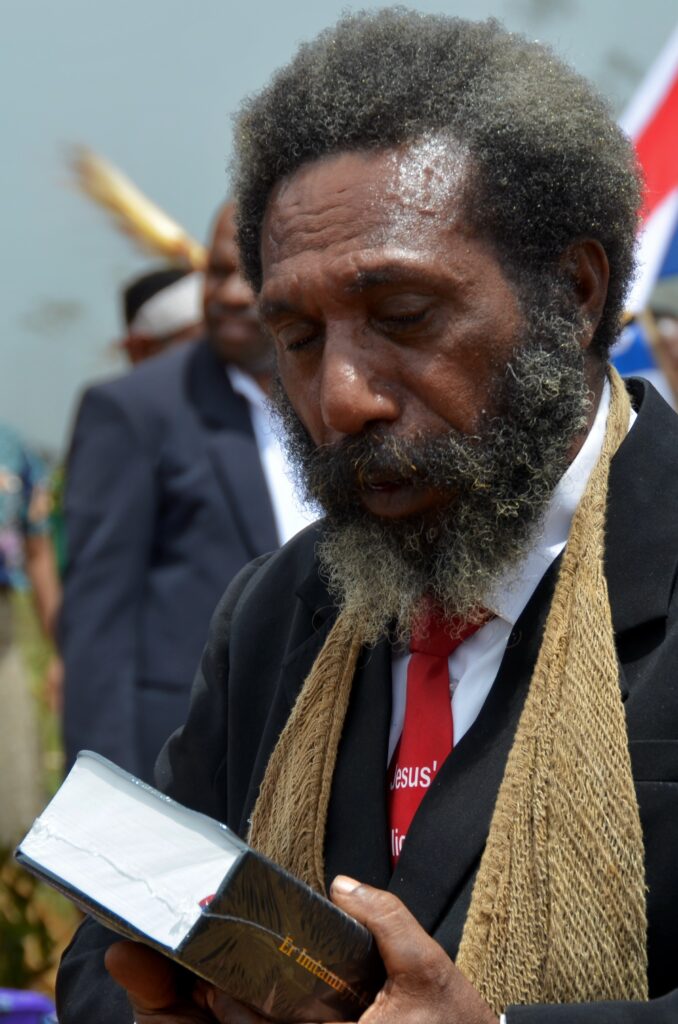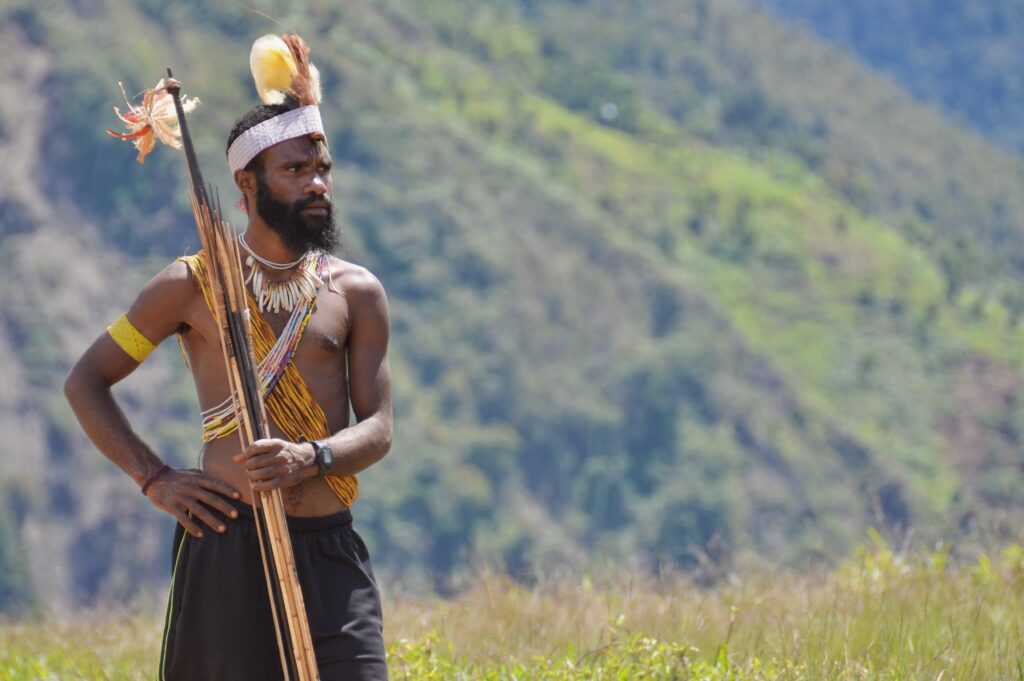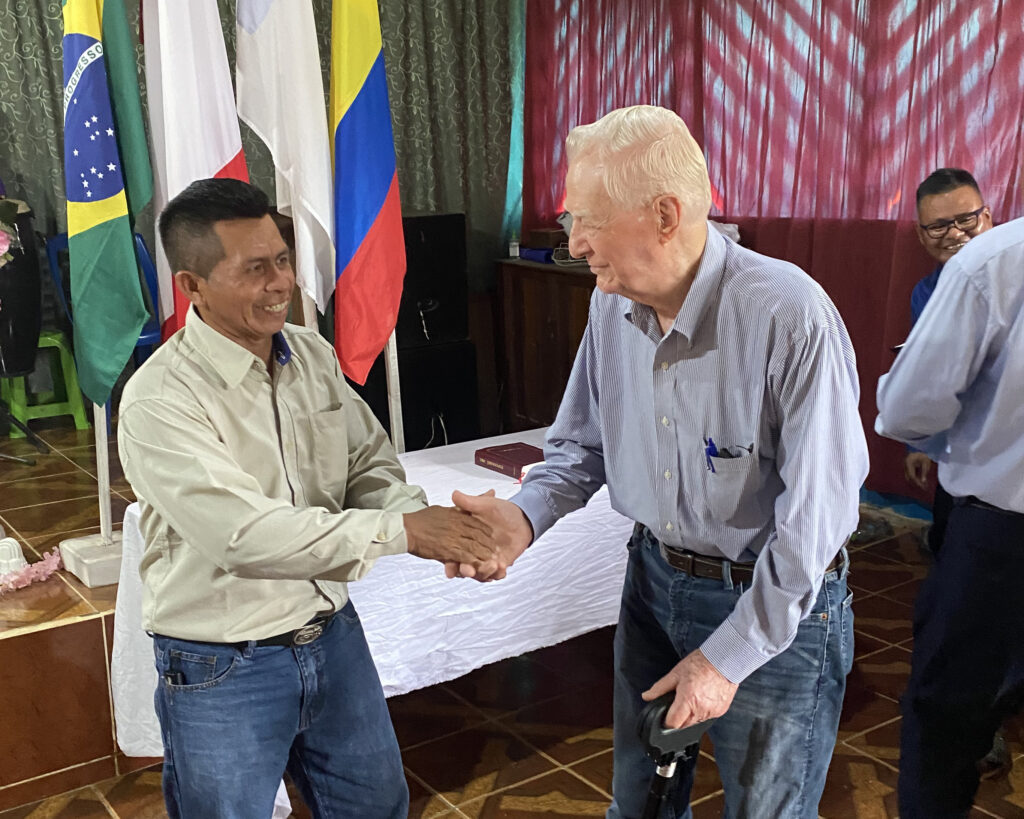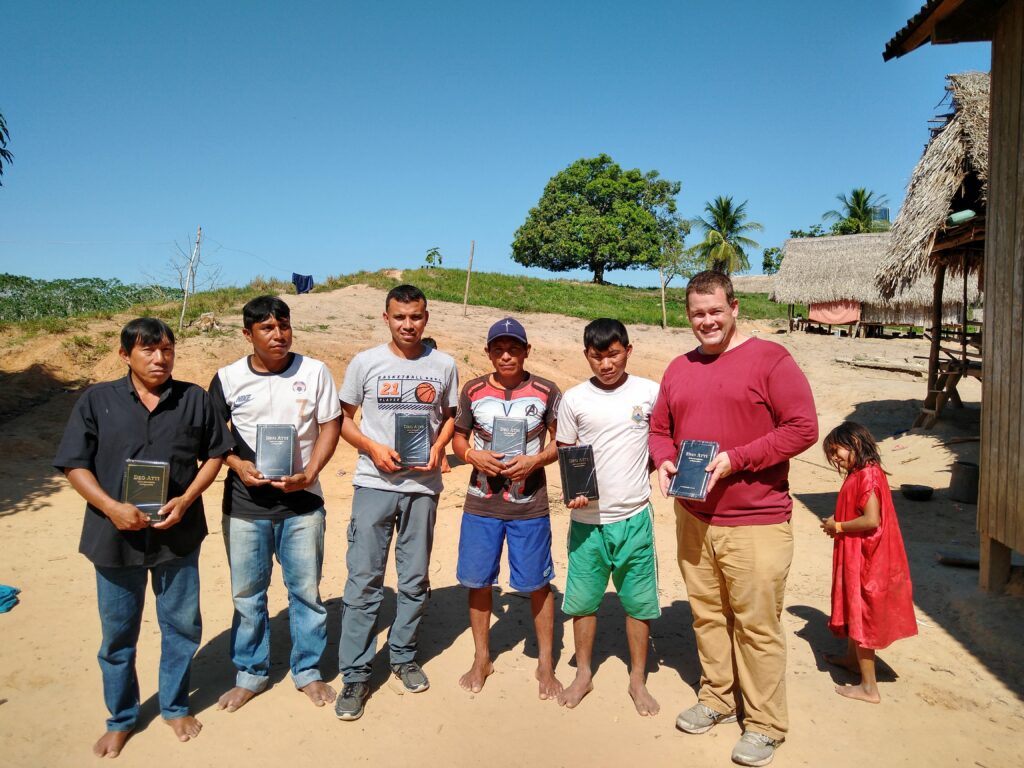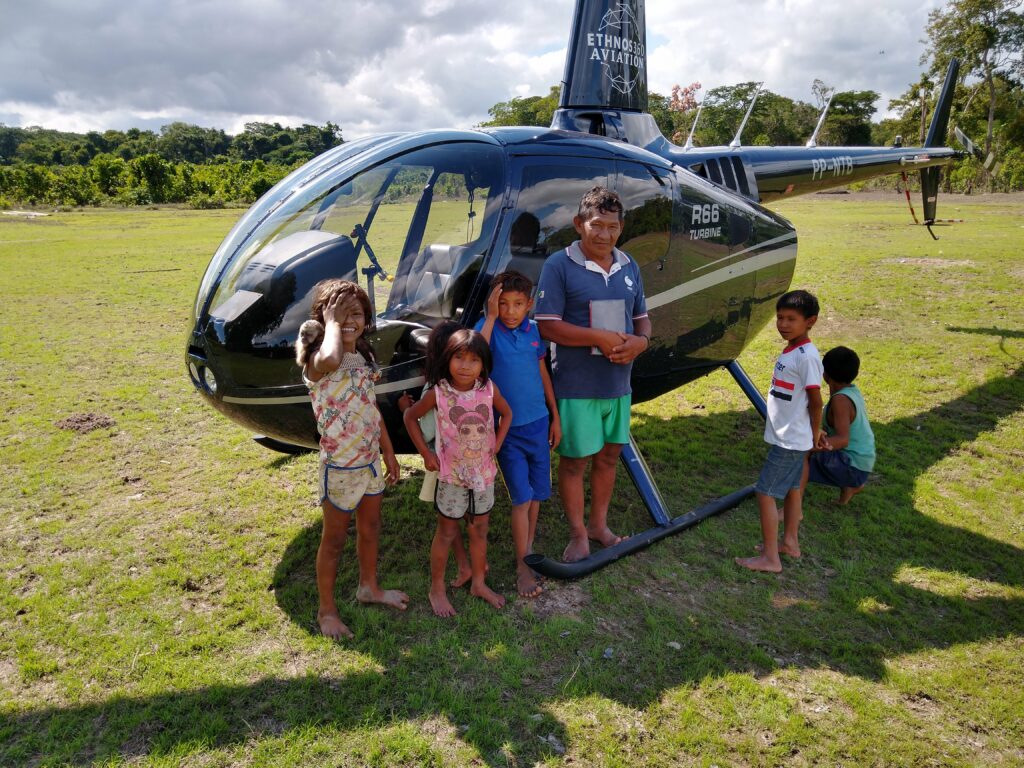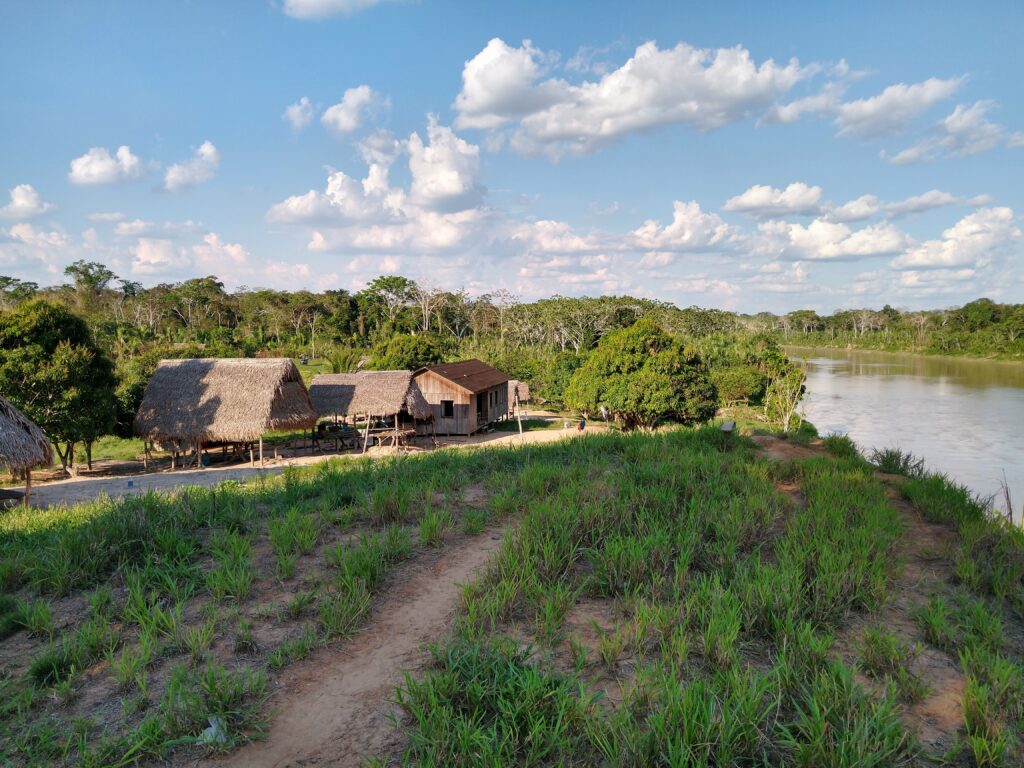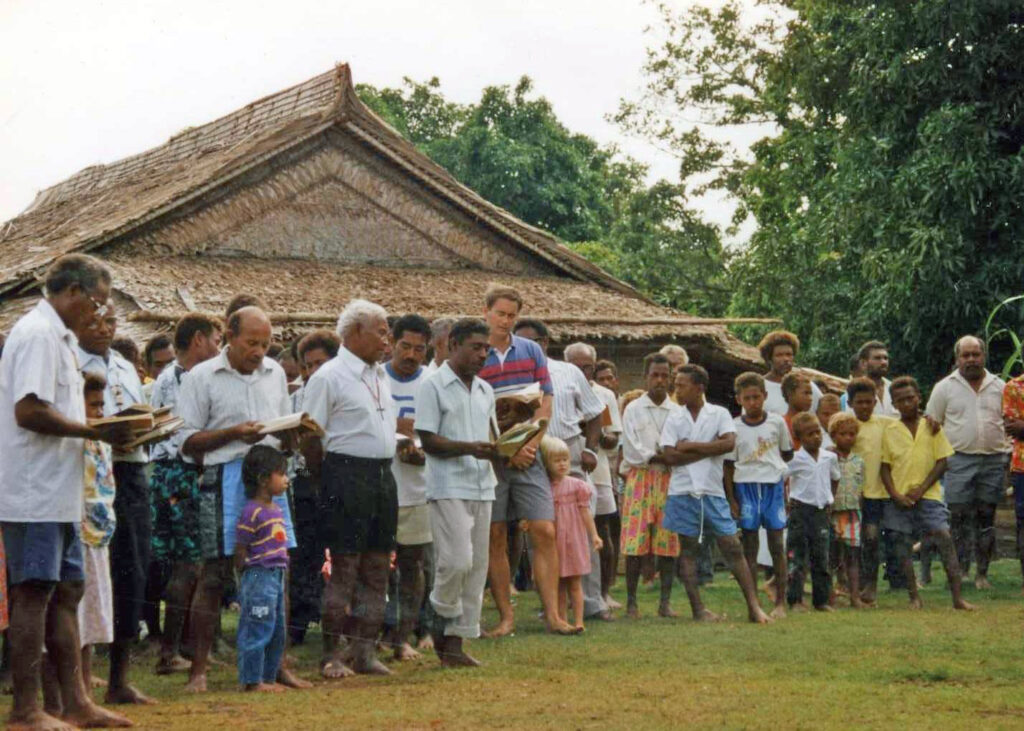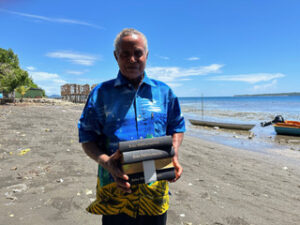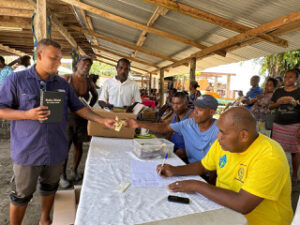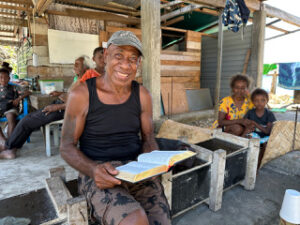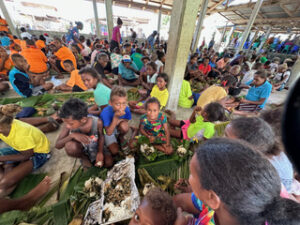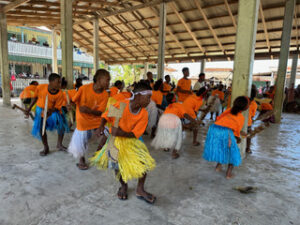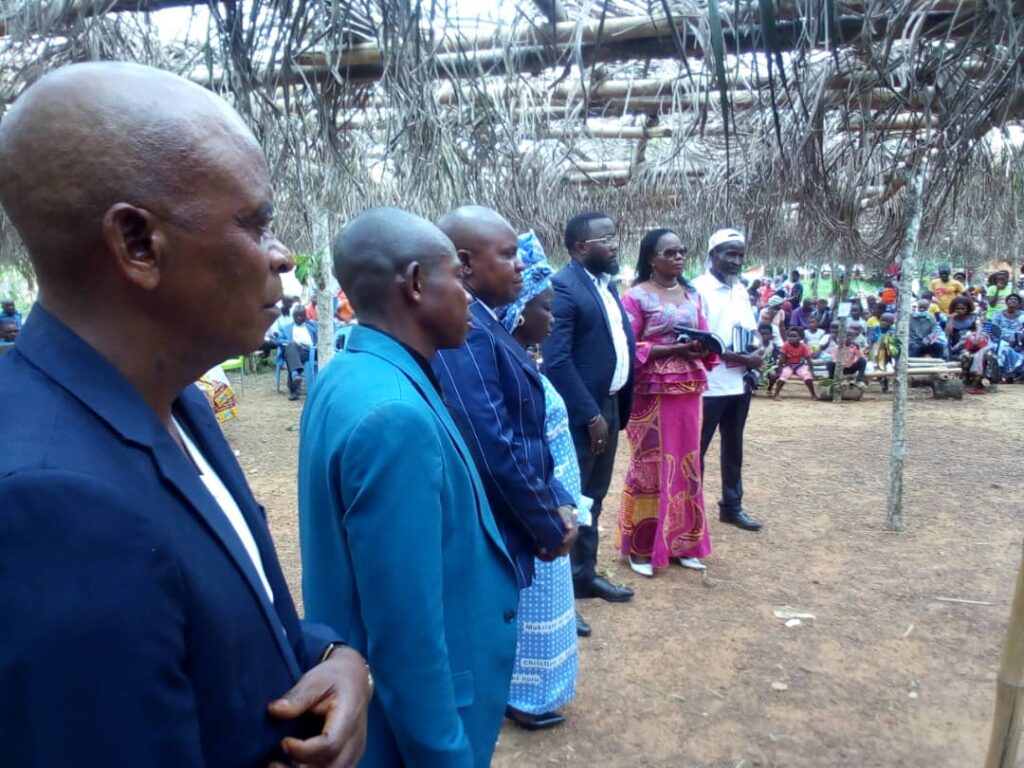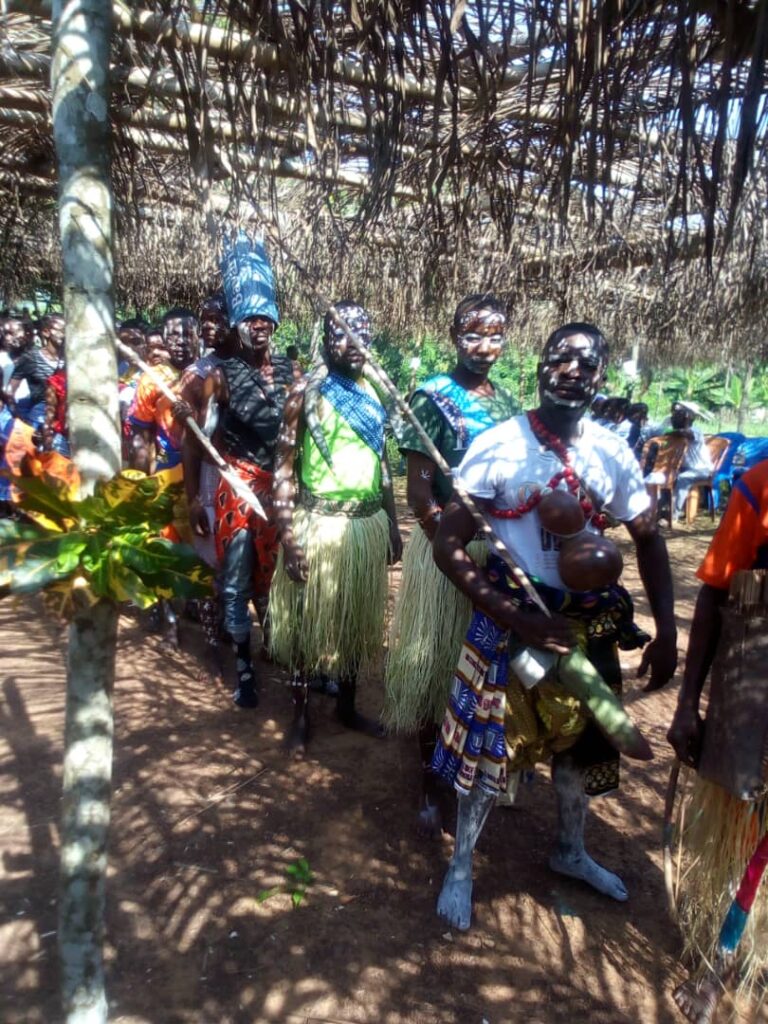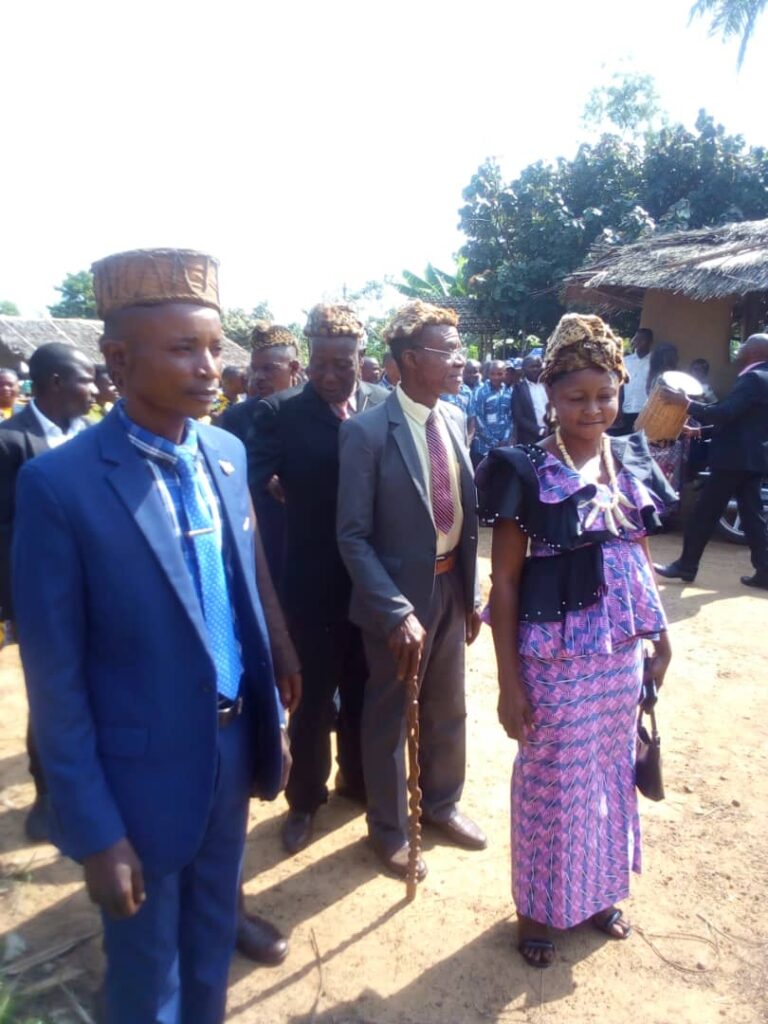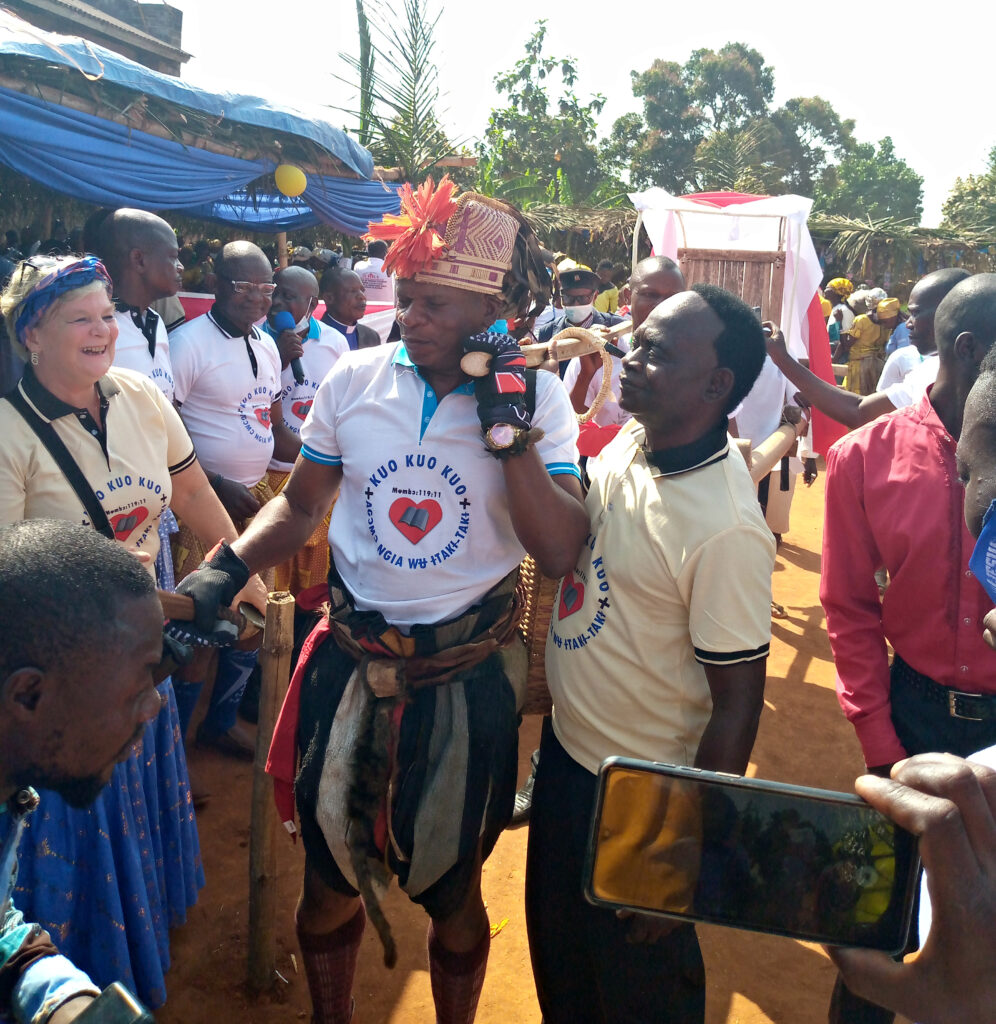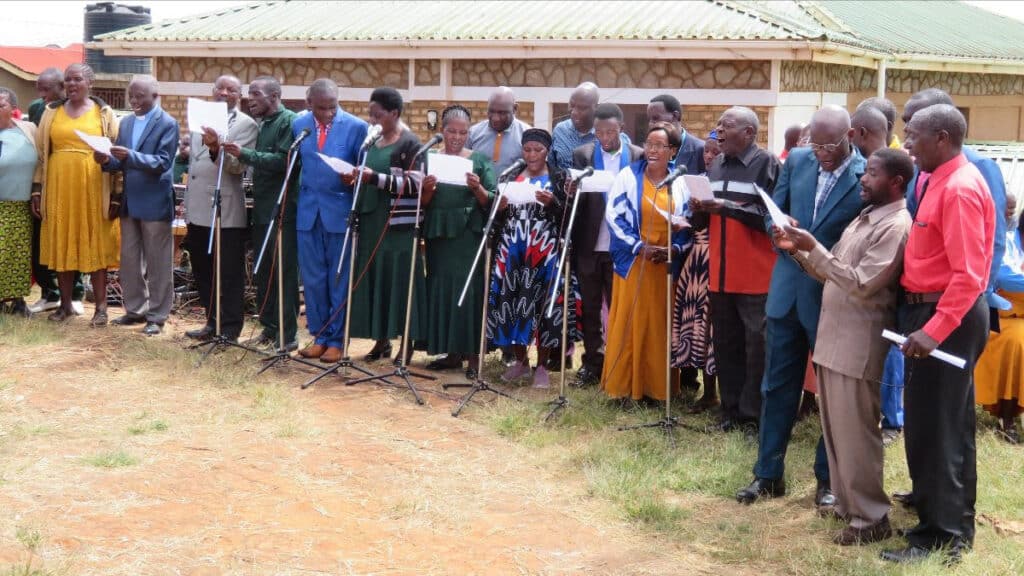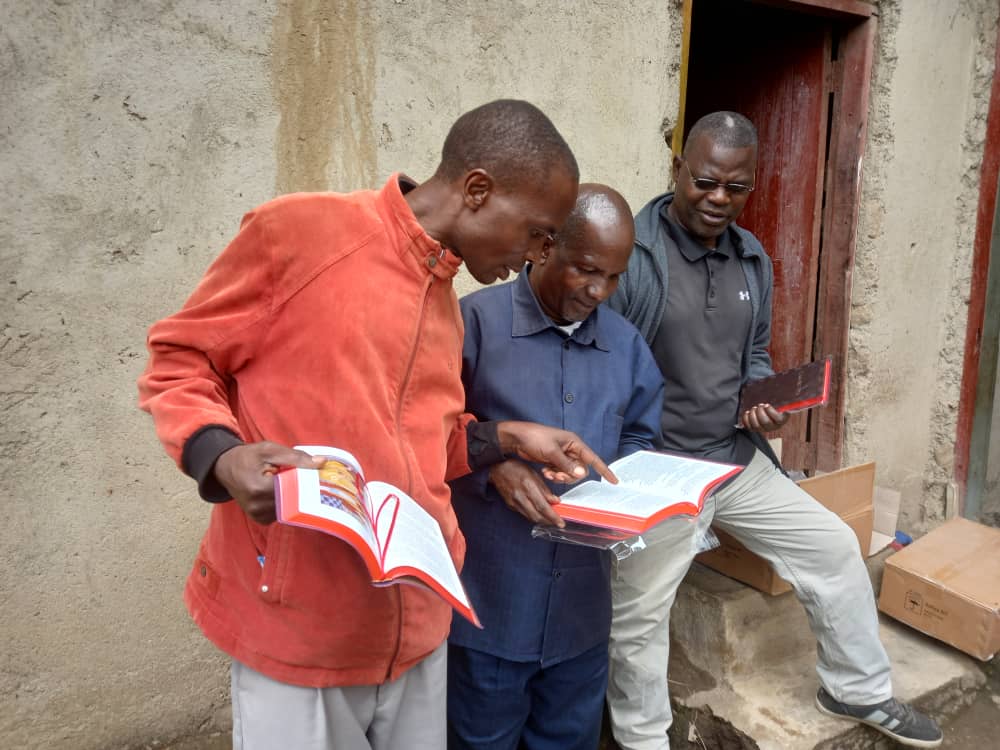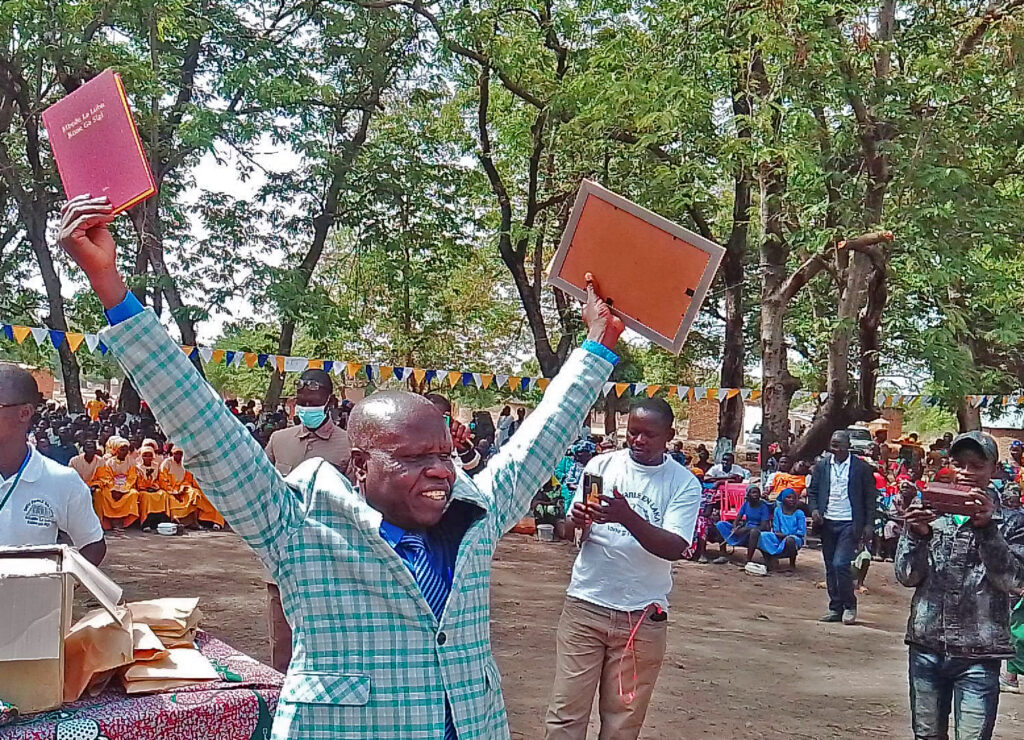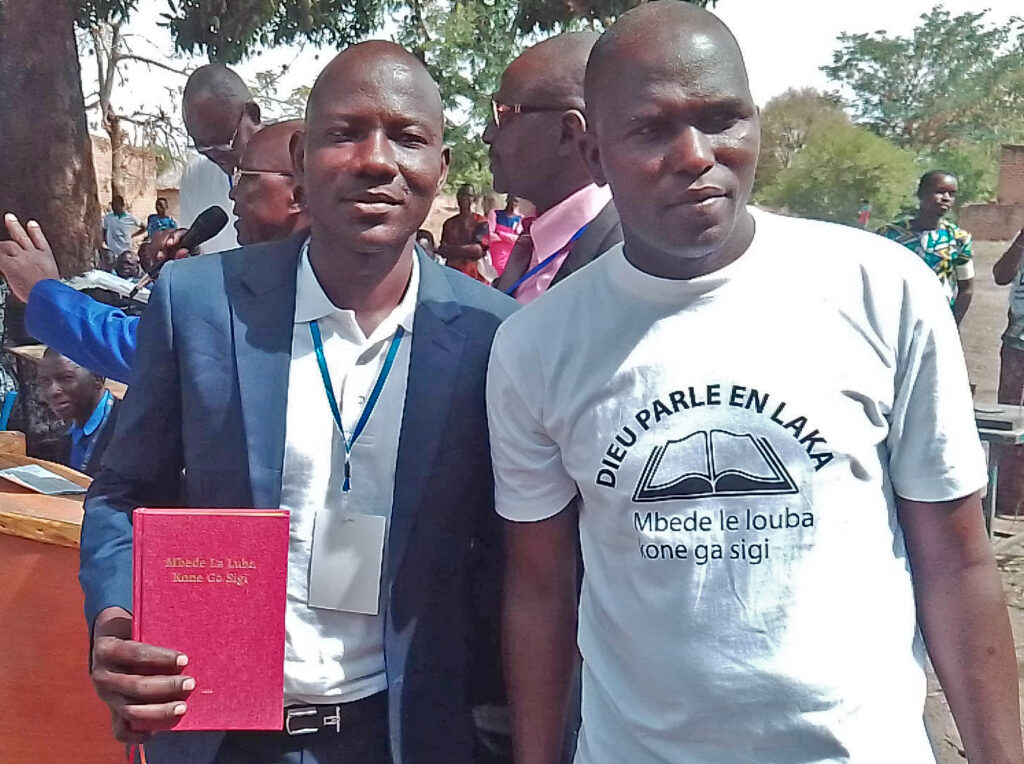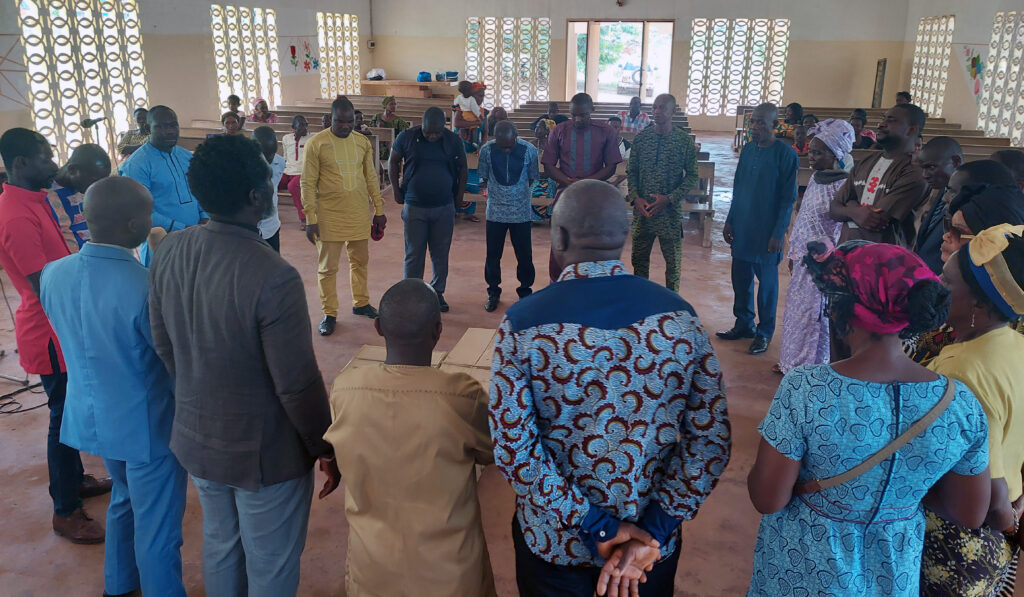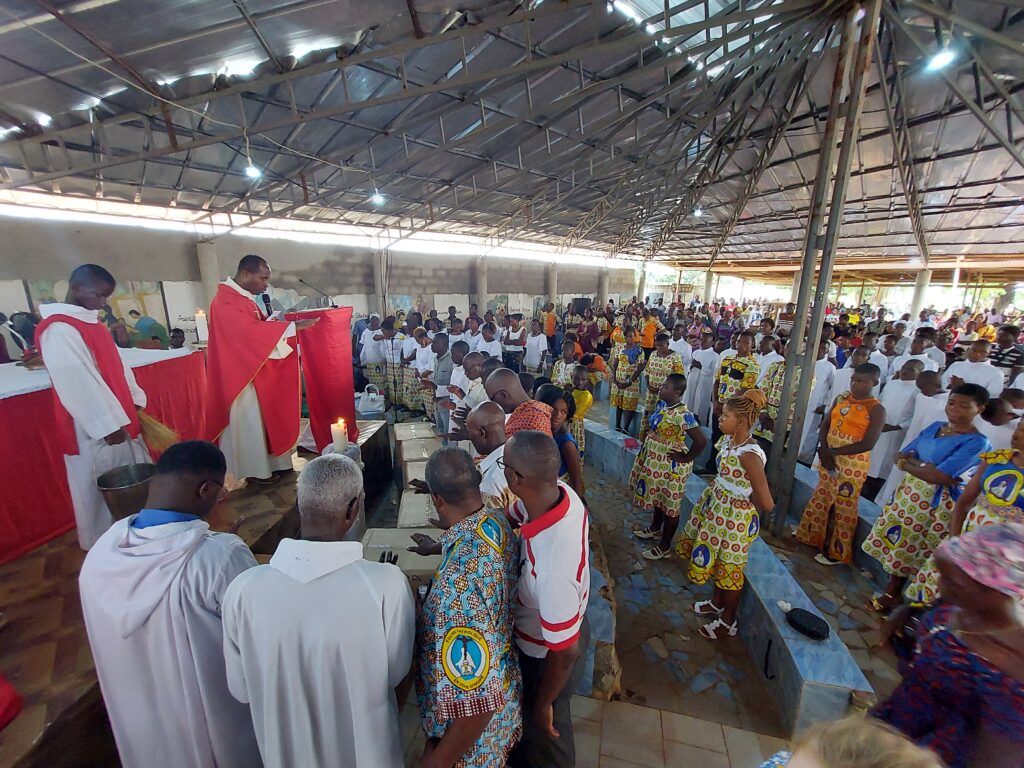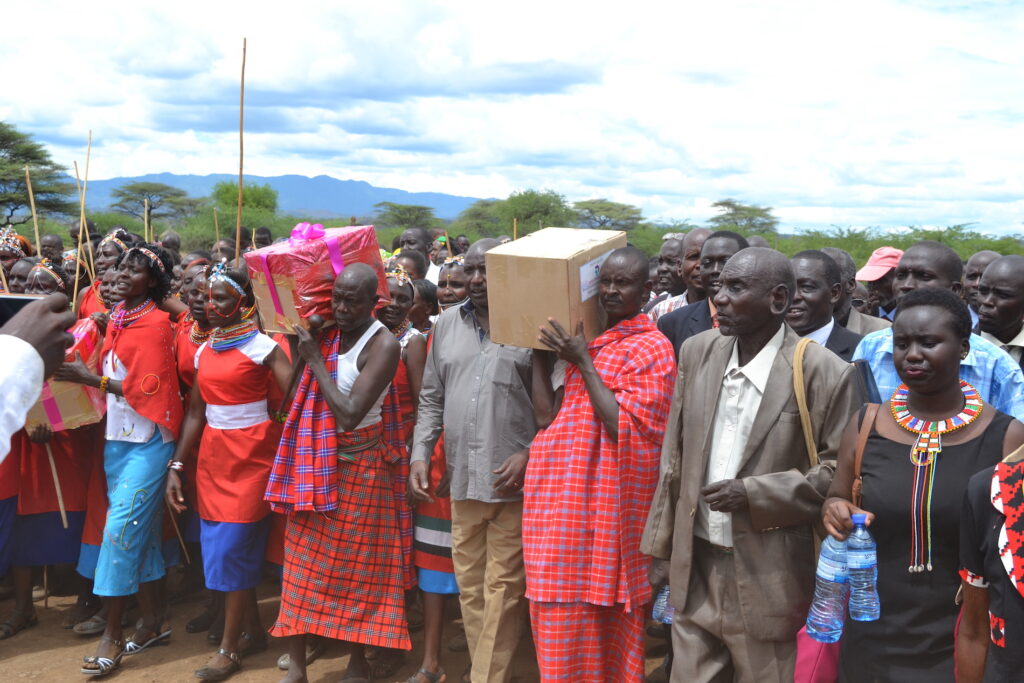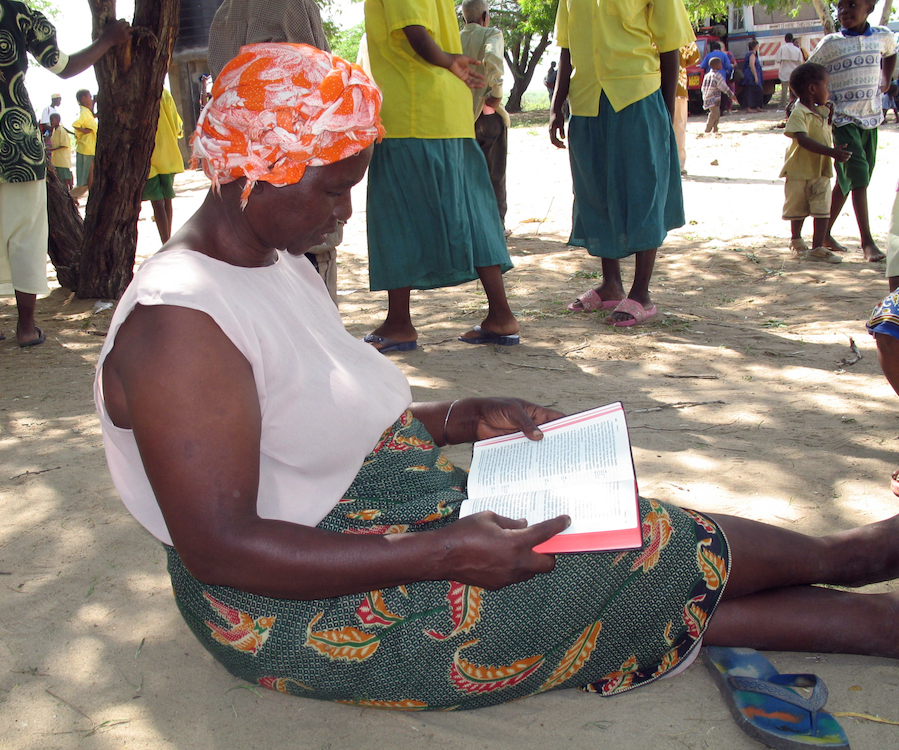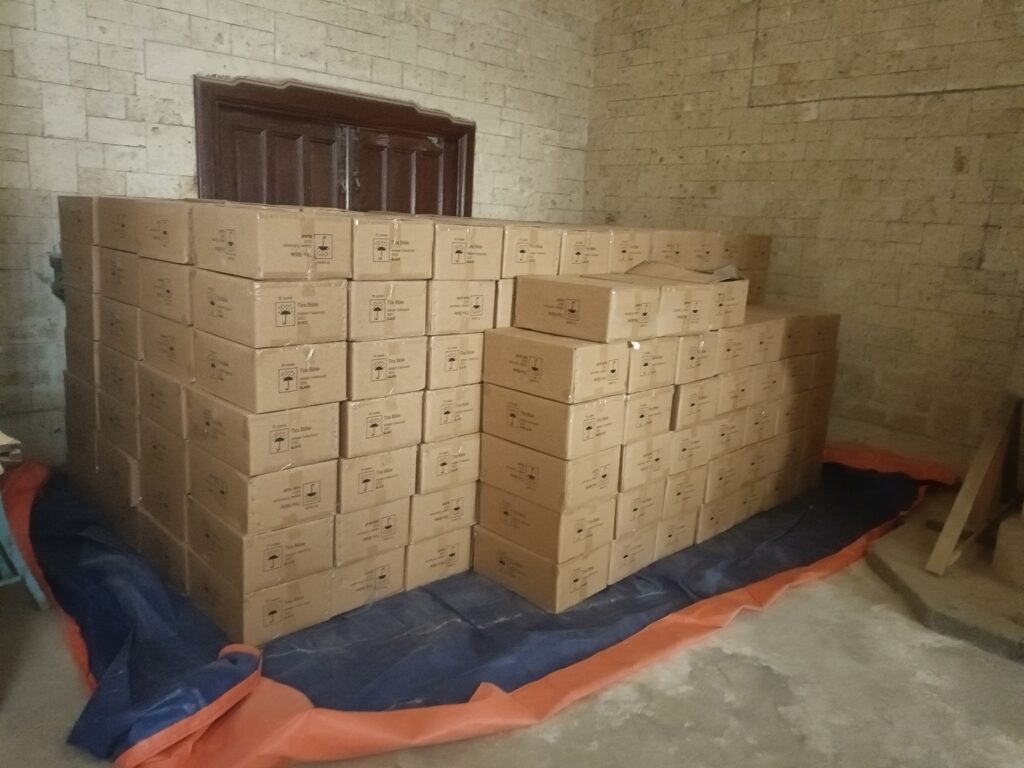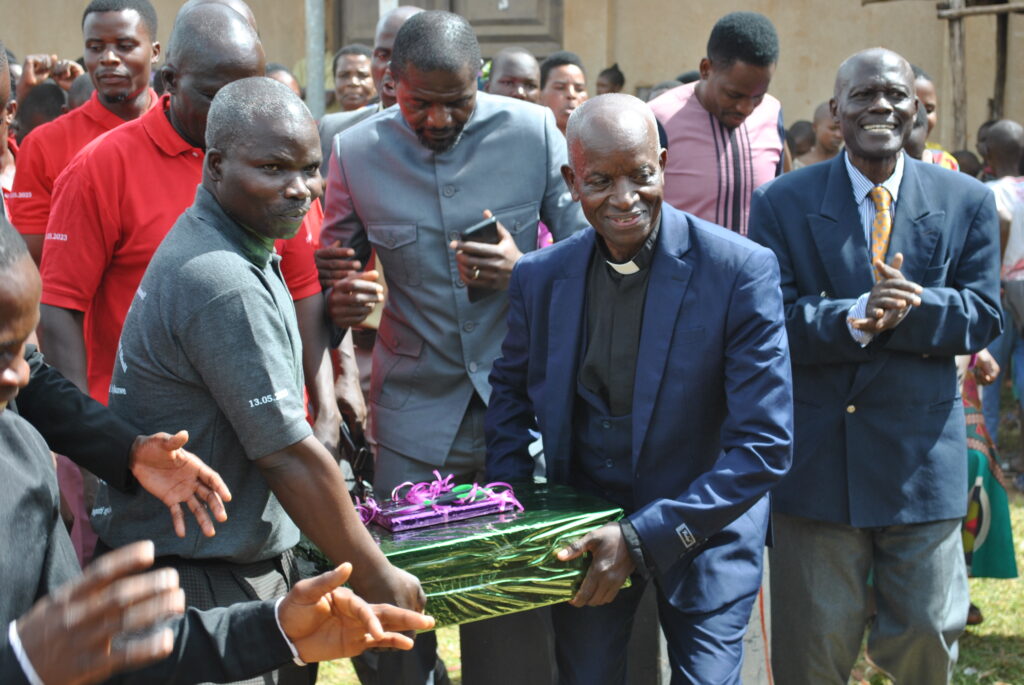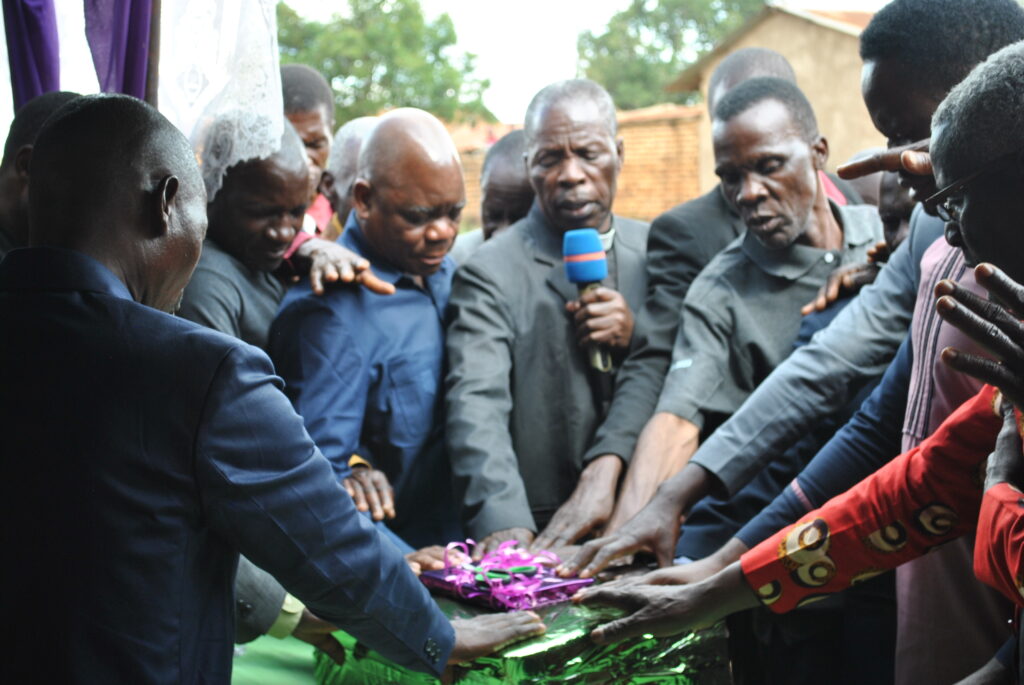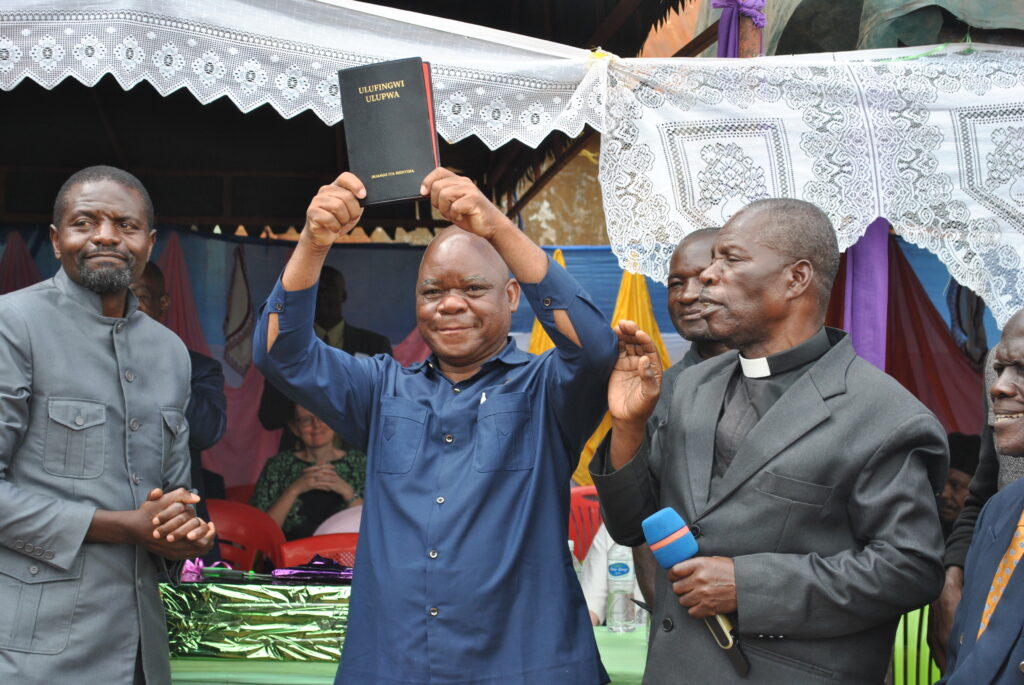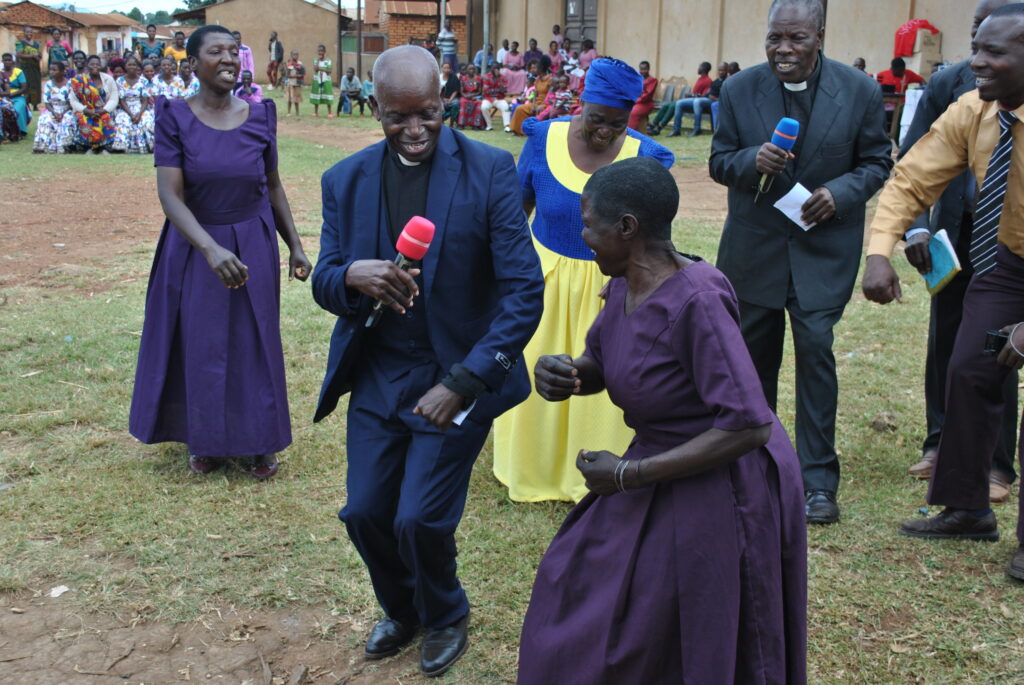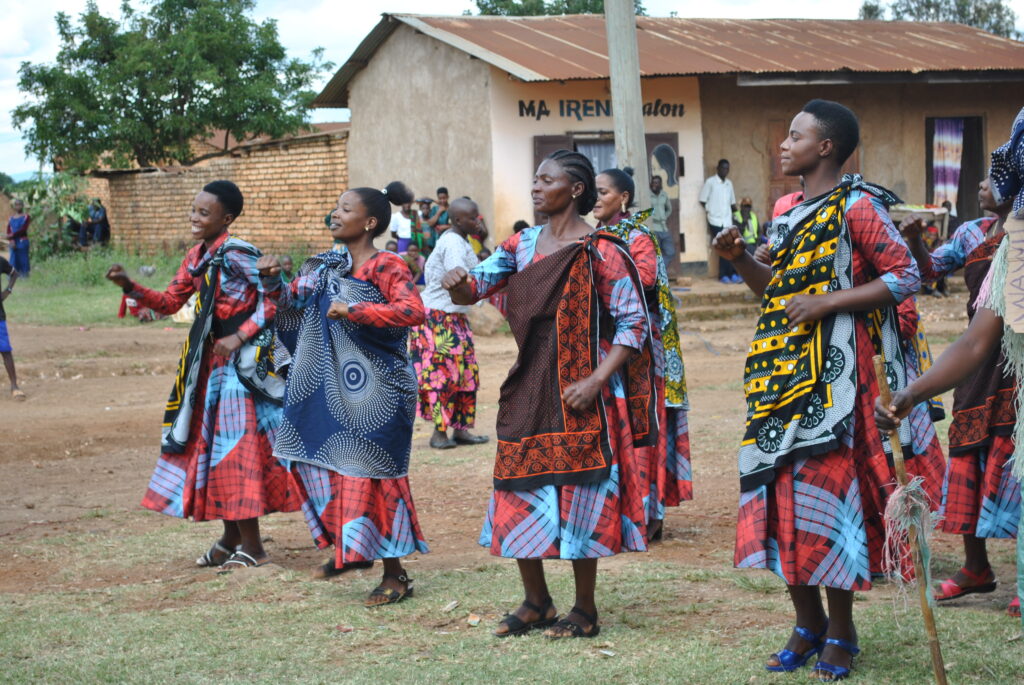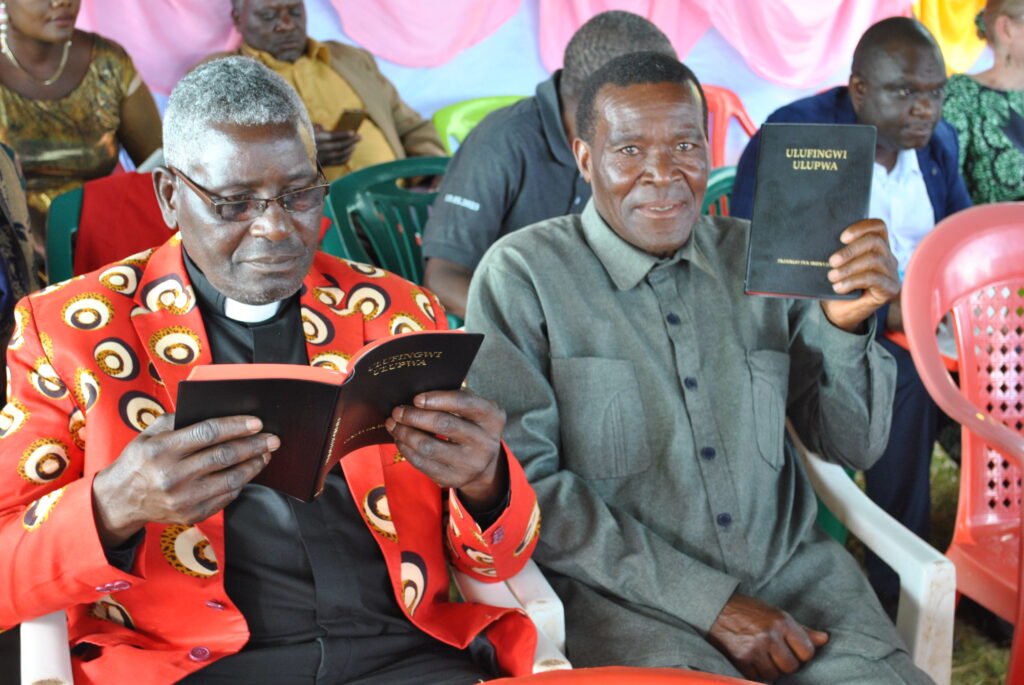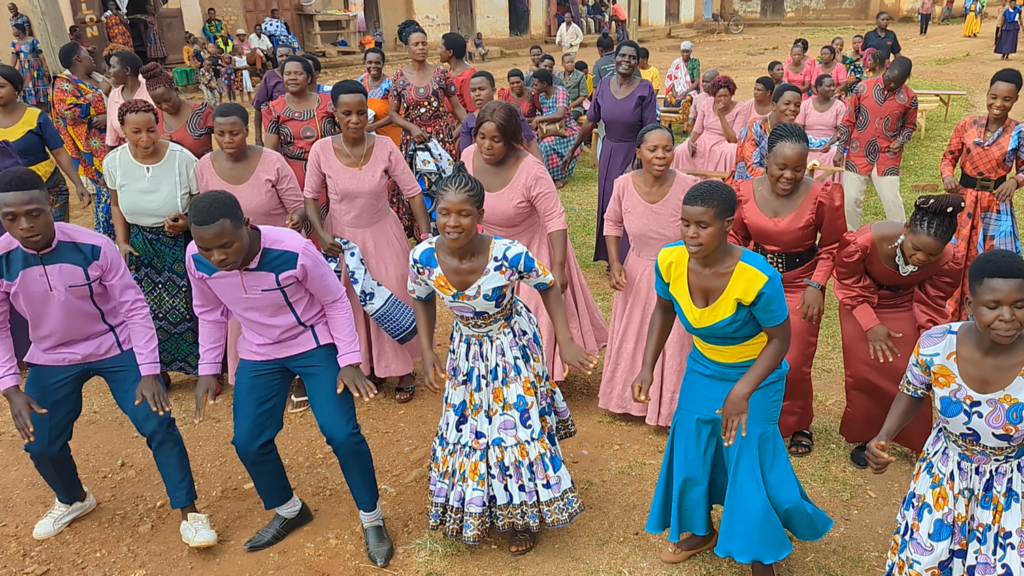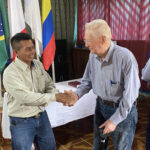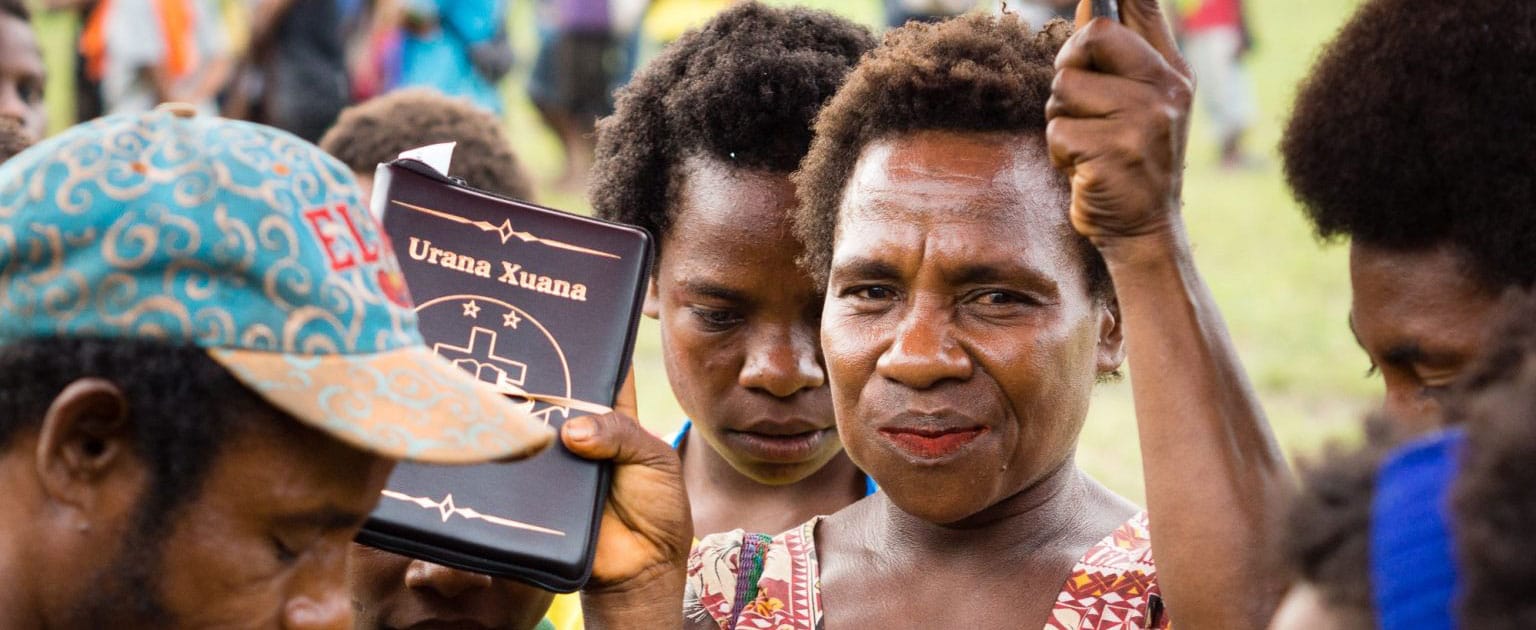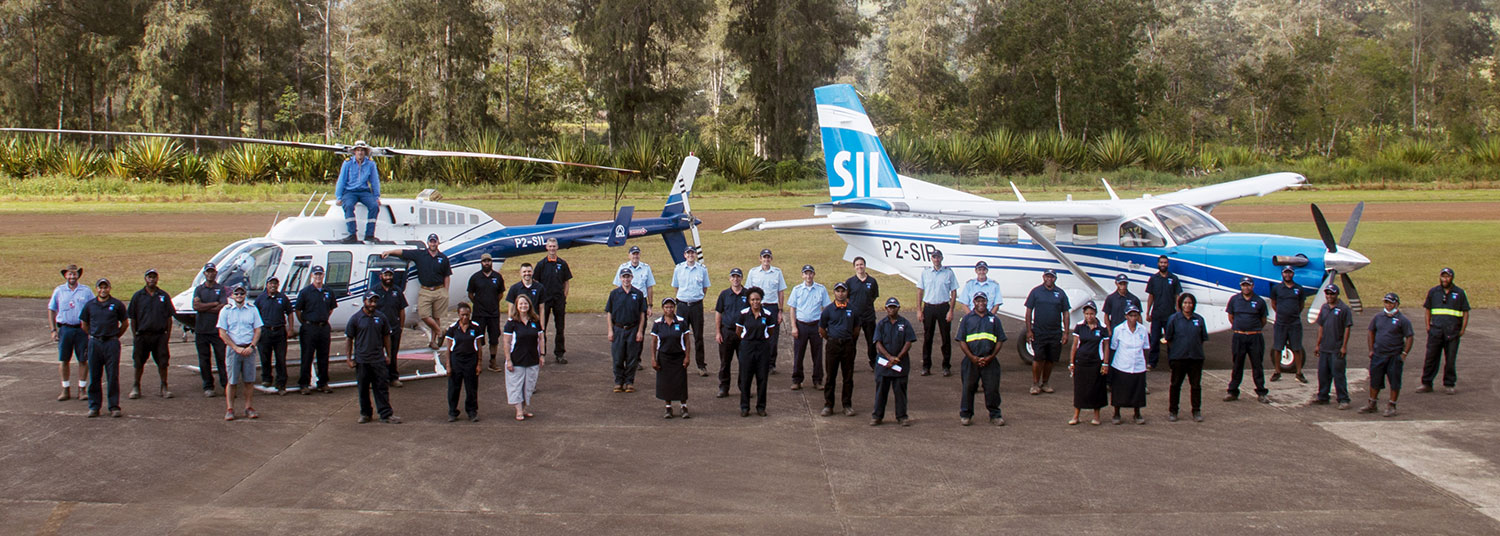A Day in the Life of a Missionary Pilot Orientee
Fences of frustration, mazes of misfortune, and canyons of confusion can line the path leading to mission aviation. But when a missionary pilot or mechanic and their family reaches JAARS, the end is in sight. Only a few more months of training—for both mechanics and pilots—remain before they are deployed to the field.
So what does it look like to be a missionary pilot orientee at JAARS during our Pre-Field Orientation (PFO) course? And how does one overcome this last hurdle? Peek once more into pilot-mechanic Philip Busk’s journey. See what it’s like to be an orientee in our three-month orientation course, and consider the importance of the Church in reaching the mission field.
A Day in the Life

“It really depends on the specific day, because we’re trying to fit so many things into the orientation,” Philip said. “We’re doing maintenance, we’re doing classes on human factors in aviation or flying.”
Generally, however, classes—either maintenance or ground school—start at eight. Since Philip lives on the JAARS base, he can walk to the classroom. The morning session will end at lunch, and then he will have another class.
But if it’s a flying day, Philip will arrive an hour or two before the flight so he can preflight the airplane*. Before the instructor arrives, Philip will usually study his notes from the previous flight, noting all the things that he needs to improve on and do a little bit of last minute studying. When the instructor arrives, they brief what the flight is going to be, go to the airplane, and fly.
“So each day looks completely different,” Philip explains. “I could have classes in the morning and afternoon; I could have a flight in the morning and maintenance in the afternoon. I could have maintenance in the morning, flight in the afternoon. It’s whatever combination works best with the weather that’s happening and what they can squeeze into the day.”
This attitude of flexibility is already preparing Philip for service in Papua, Indonesia. In tropical places such as Papua, thunderstorms and fog can roll through frequently. It’s common for the pilot and maintenance specialist orientees to show up at 5 a.m. to do a preflight inspection of the airplane but then cancel the flight because a thunderstorm shows up. “It’s really good training for being flexible when I reach the mission field.”
Relevant Instruction for a Missionary Pilot Orientee
Before arriving at JAARS for PFO, Philip’s only expectation was that he would receive insightful training applicable to the mission field. “So far, it’s absolutely met those expectations,” he said.
Several of his instructors, in both maintenance and flight, have served for 10 to 20 years with YAJASI, the JAARS aviation partner organization he will serve with. This experience enables them to give him a lot of advice about working specifically with YAJASI’s aircraft.
He highly enjoyed the Pilatus Porter class because that’s the airplane he’ll be flying and maintaining in Indonesia. “It’s such a different airplane than anything that I’m used to,” Philip said. “All the systems work a little bit differently, since it’s a turbine airplane versus a piston airplane.”
He had never learned about it in aircraft maintenance school, so it was fun learning something new. Because we have a Porter in our hangar, Philip and the other orientees would look at all the systems on the airplane. One of the instructors who had worked in maintenance at YAJASI shared stories about what they had done to make the Porters fly better in certain situations or how they fixed problems unique to the Porter. “Getting all of that information straight from someone who worked with YAJASI made [the training] much more engaging,” Philip said.

The Importance of the Church
Philip and his wife, Lainey, wouldn’t have made it to JAARS without the Church’s support. Two churches that they had attended were very supportive of them going into missions. “It was really cool, right after we joined [missions], seeing [the churches] jump on board,” Philip reflected. “They were seeing the same calling that we felt that we had going into missions.”
And even though the path to missions is often longer for a pilot or maintenance specialist than for a church planter or Bible translator because of all the training, the churches didn’t waver in their commitment to support Philip and Lainey.
One thing that the Busks liked about serving with JAARS is that every JAARS missionary pilot orientee has to be supported by a church or have a church behind them saying, “Yes, we agree that this is God’s calling for your life.” Even with our new paid Apprentice program that was created to fill urgent aviation-staffing needs overseas, the apprentices will develop a partnership team that will support them and their families through prayer.
You, part of the wider body of Christ, are vital to covering the last mile between those willing to go and those who need the gospel.
Ready to start your journey to the unreached people, or know someone who is? Contact us with your questions or read more.
*prepare the aircraft for flight

